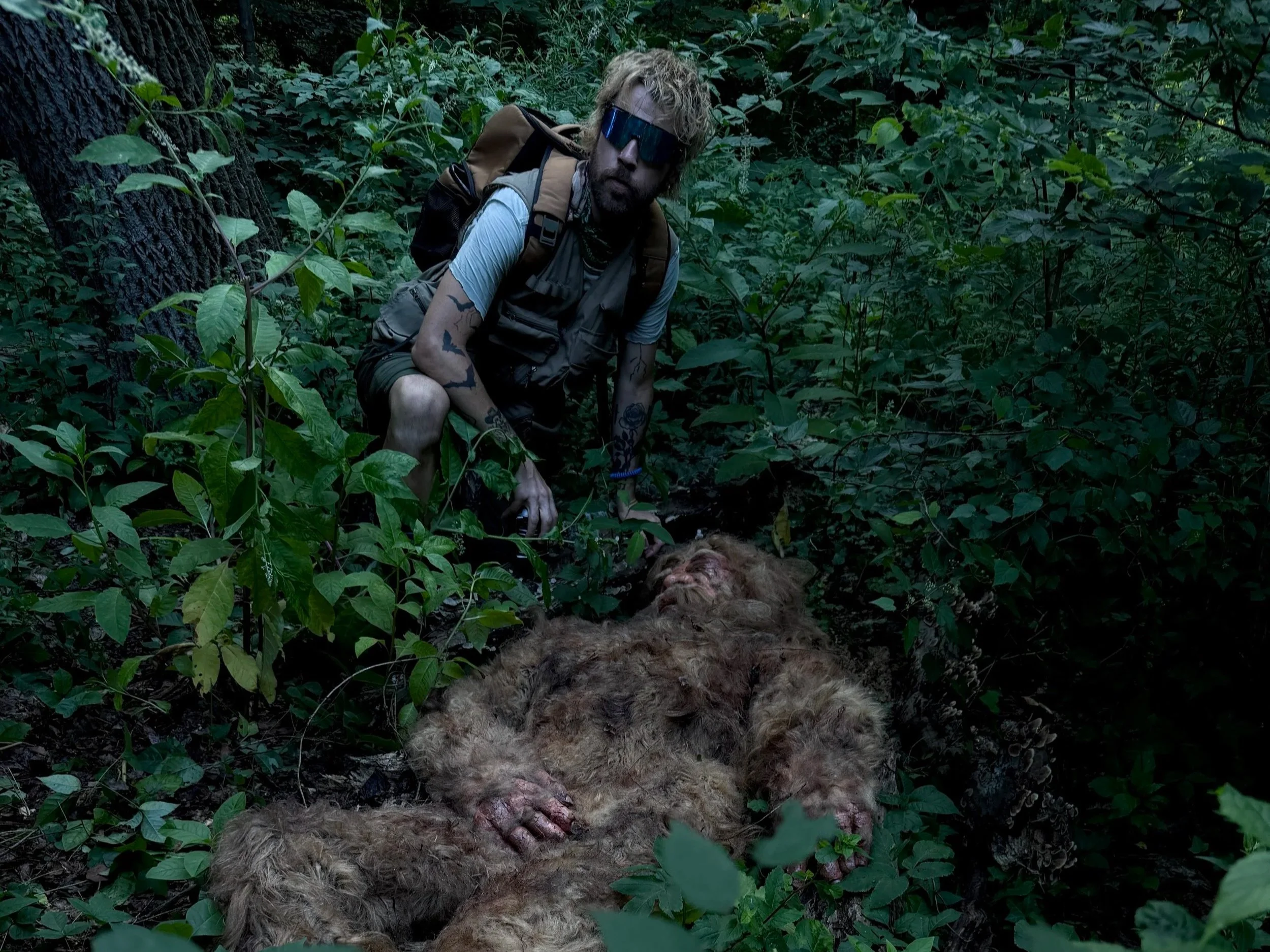
REAL BIGFOOT BODY FOUND IN THE ADIRONDACK MOUNTAINS BY SNAKE THE BIGFOOT HUNTER. BIGFOOT BODY VERIFIED THROUGH DNA TO BE OF NEANDERTHAL LINEAGE. BODY AUTHENTICATED BY CORNELL UNIVERSITY, MAINSTREAM NEWS, BIGFOOT EXPERTS, CLAIRVOYANTS & NATIVE AMERICAN TRIBESMEN.
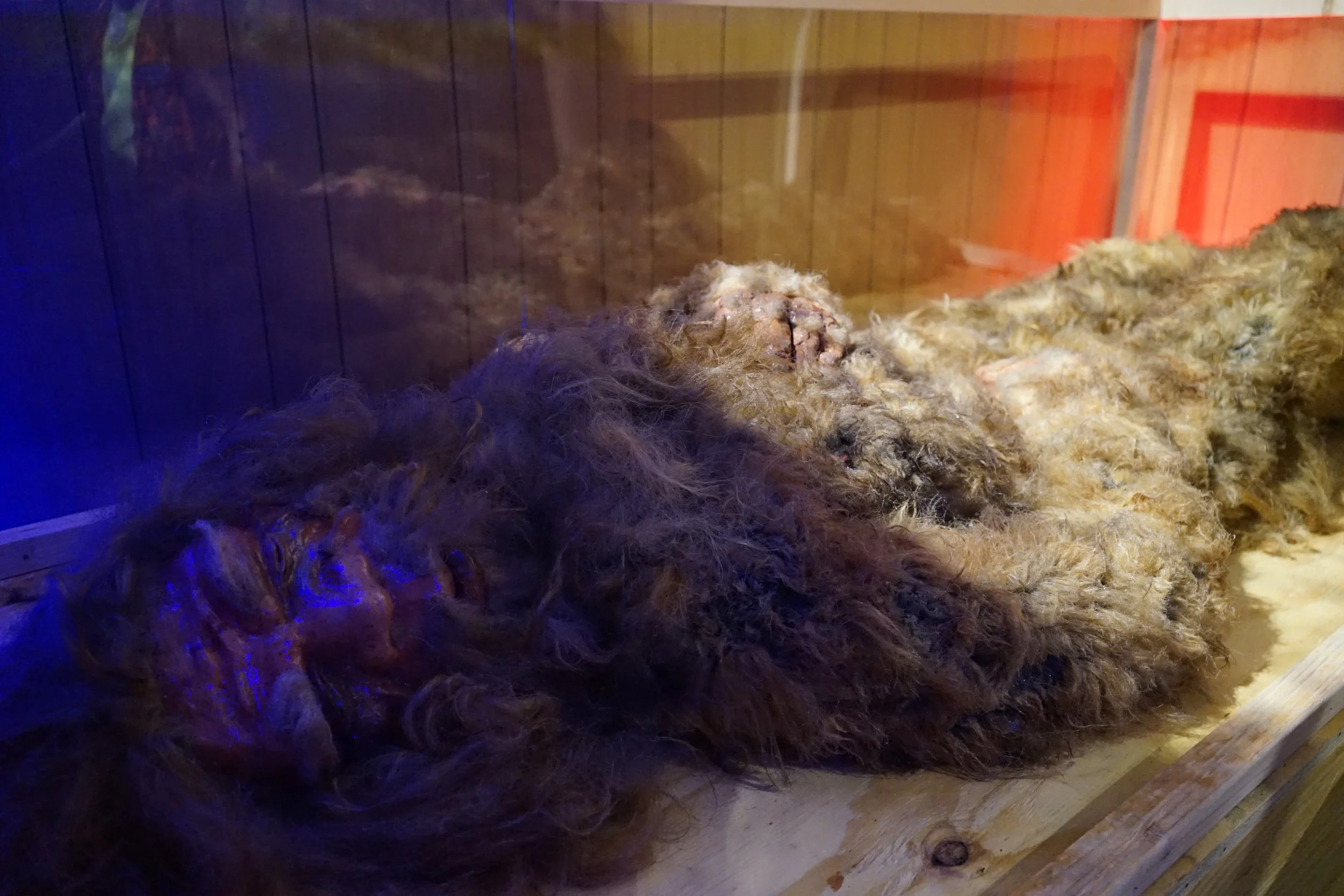
IN THE MEDIA

NEWS
AFTER A HIGHLY SUCCESSFUL SHOWING OF OUR VERIFIED BIGFOOT SPECIMEN “DACK” AT THE NY STATE FAIR WE ARE EXPANDING OUR PROGRAM.
HERE’S WHAT’S NEXT:
DNA RELEASED: SNAKE has released the full DNA report and announced that he preserved Dack’s reproductive organs.
Japanese Television Show: Debuted October 2025 to Massive Interest
New Book: Discoverer "Snake the Bigfoot Hunter" is telling his story.
Future Exhibitions: More dates and locations coming soon.
Return Expedition: We're going back to the wilderness to investigate Dack's suspected murder by a larger Bigfoot.
Sign up for our mailing list (BELOW) to get updates on expeditions, exhibits, and book pre-orders.
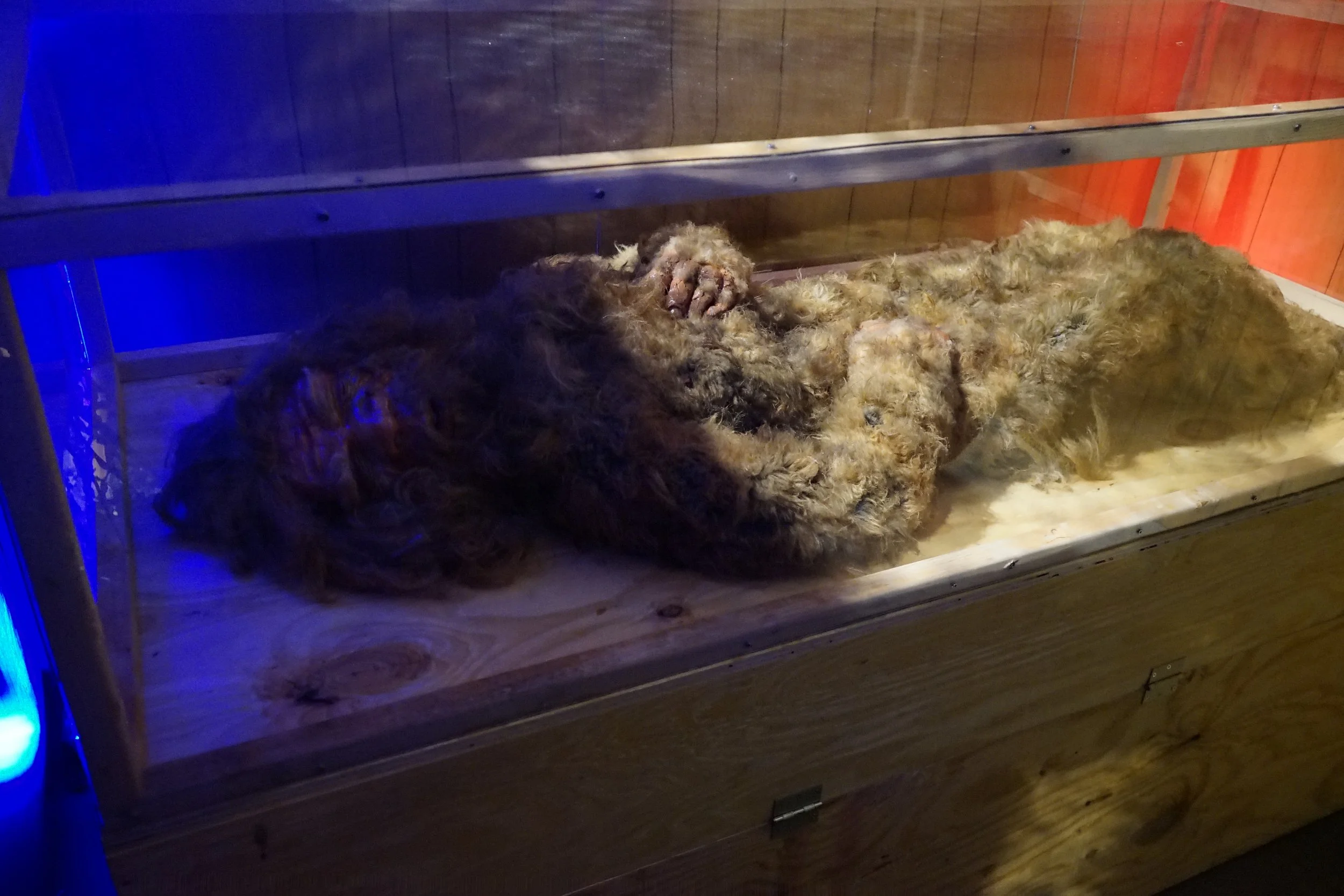
SNAKE THE BIGFOOT HUNTER (Charles Stuart) is a seasoned Bigfoot expert from the heart of the Adirondack Mountains. SNAKE first encountered Bigfoot at age 11 at Sabattis Scout Reservation in Adirondack Park. Alone in the woods, a giant foreboding figure appeared in the distance in front of him, making him freeze in his tracks. He watched the giant creature for a second and then turned and fled for his life. As an adult SNAKE was able to capture Bigfoot howls in the woods along the Vermont / NY border. But It was his discovery of an actual Bigfoot Body in the fall of 2024 that catapulted him from the local lore to international legend.
THE DISCOVERY:
SNAKES “nesting” / “one with the environment” approach culminated in the monumental discovery in the autumn of 2024. Snake found Bigfoot Remains west of Old Forge, just south of Moose River Mountain. This particular outing Stuart was embedded in a deep forest environment - slowly progressing deeper into Bigfoot territory - eventually following his nose to the pungent body of DACK. The extraordinary remains were massive and a coordinated group effort ensued to remove and transport the body back to civilization. Due to the rotting flesh, Stuart and taxidermist team went about mummifying the body (removal of deteriorating internal organs). This is where he found the BACULUM (reproductive bone) anomaly. This is when SNAKE and crew extracted and preserved the testicles.
DNA EVIDENCE:
The main breakthrough came when he pursued DNA testing through labs specializing in biological DNA and not just human centric DNA lab work. SNAKE announced that he had obtained DNA evidence from the remains, proving a profound connection to Neanderthals.
LAB RESULTS
58.5% NEANDERTHAL / DENISOVAN
21.6% EUROPEAN
11.1% SUB SAHARAN AFRICAN
WESTERN ASIA: 0.5%
0.2% UNASSIGNED
ADDITIONAL EXPERT VERIFICATIONS:
The Six Nations tribesman of Central New York (Mohak, Oneida, Onondaga, Cayuga, Seneca, and Tuscarora).
DNA testing.
Various News Outlets confirm the bodies authenticity including (ABC, CBS NEWS, US SUN, YAHOO, ROME SENTINEL, SYRACUSE.COM, POST STANDARD).
Numerous credible Bigfoot Scientists who have verified the body.

CONTRIBUTE TO OUR EXPANDING BIGFOOT LOCATION MAP
Welcome to the Bigfoots Location Map. Our interactive map allows for more user input. While we will be vetting our submissions, we are allowing for a broader category of submission. We encourage all folks who have had personal encounters or have first hand knowledge of locations where Bigfoot has been known to be to submit. By opening up the criteria we will allow for a broader range of submissions. This will help us track more data and will lead to more comprehensive conclusions such as migration pattern & topography and terrain similarities. Please share our map along to friends and family you know who have also had encounters.


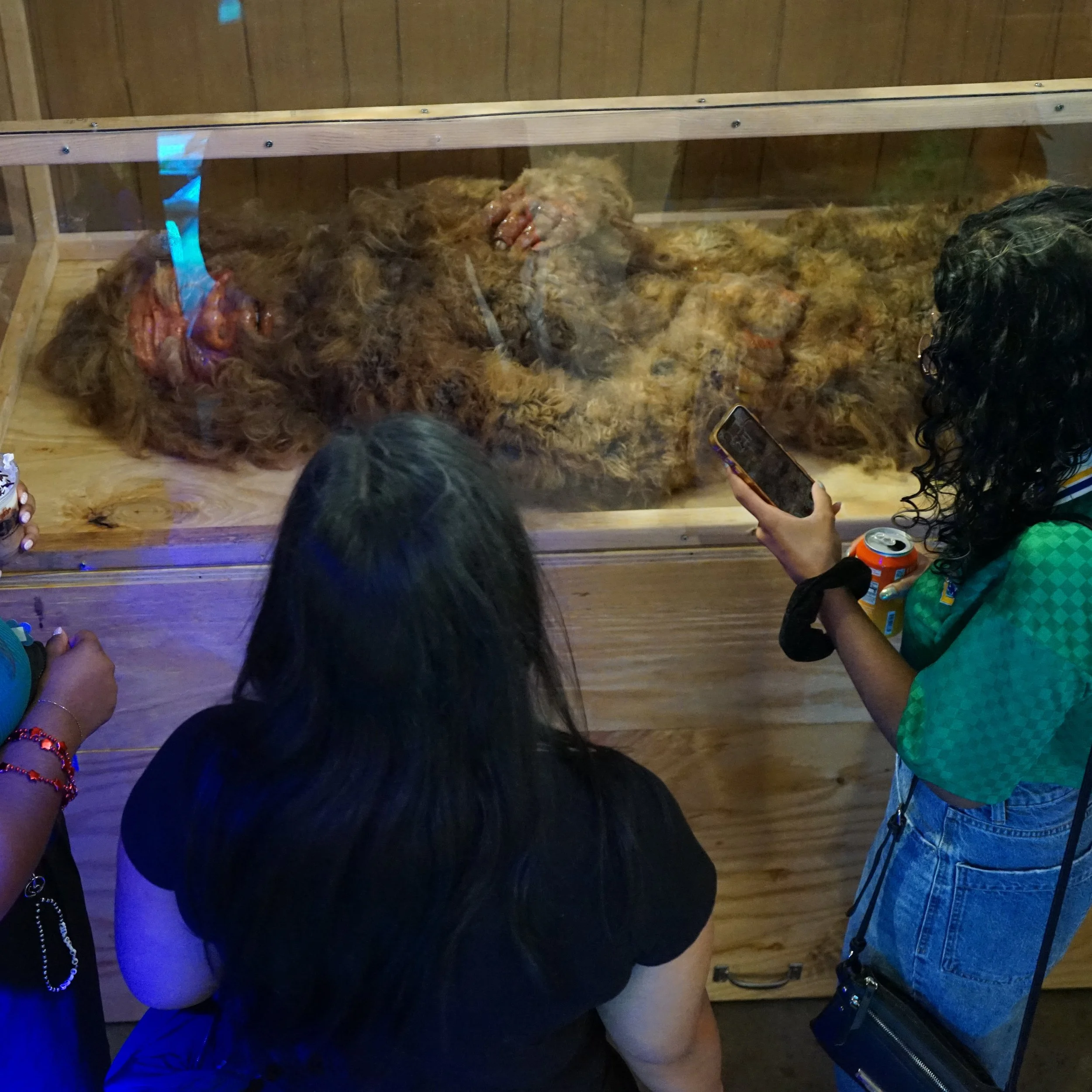

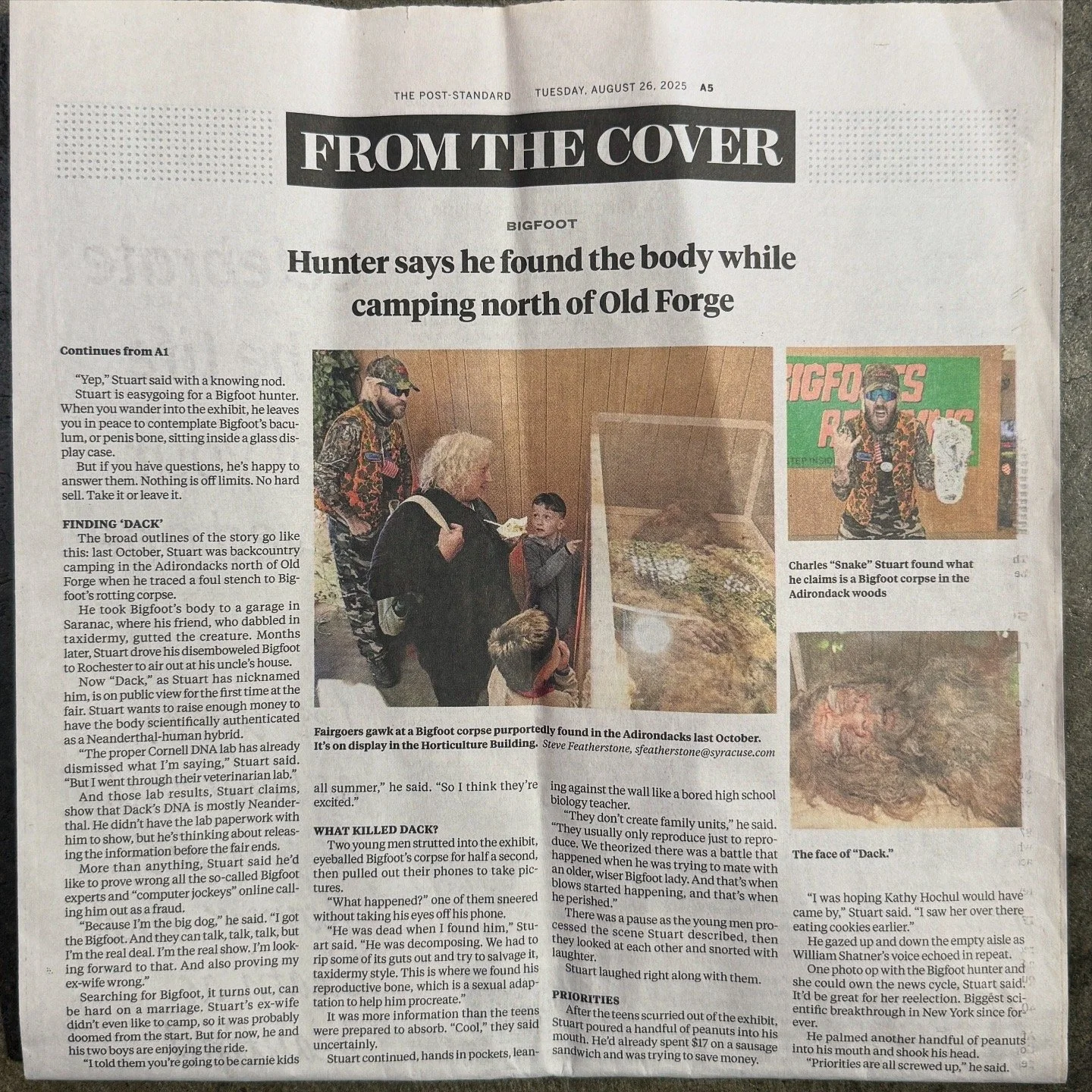






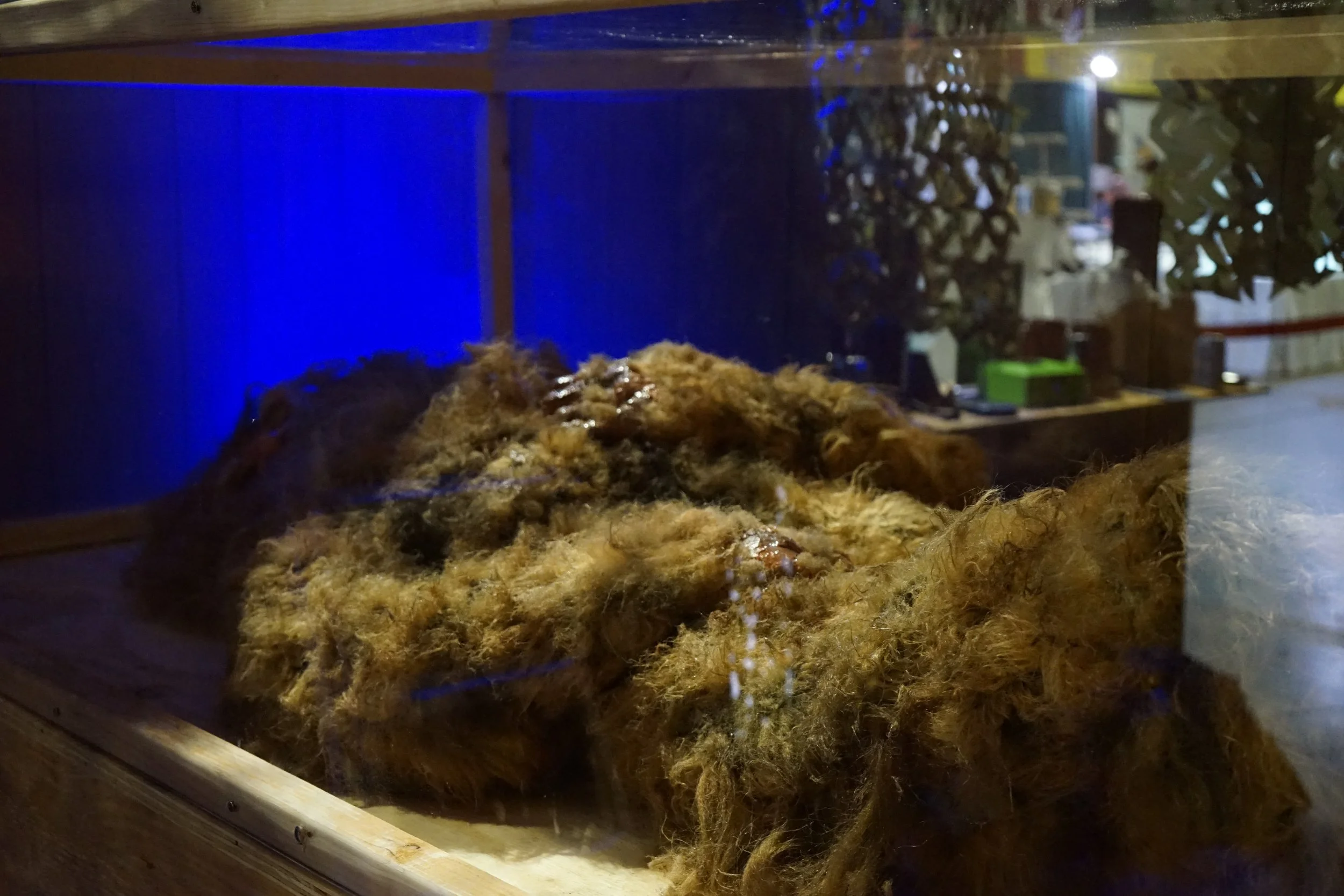
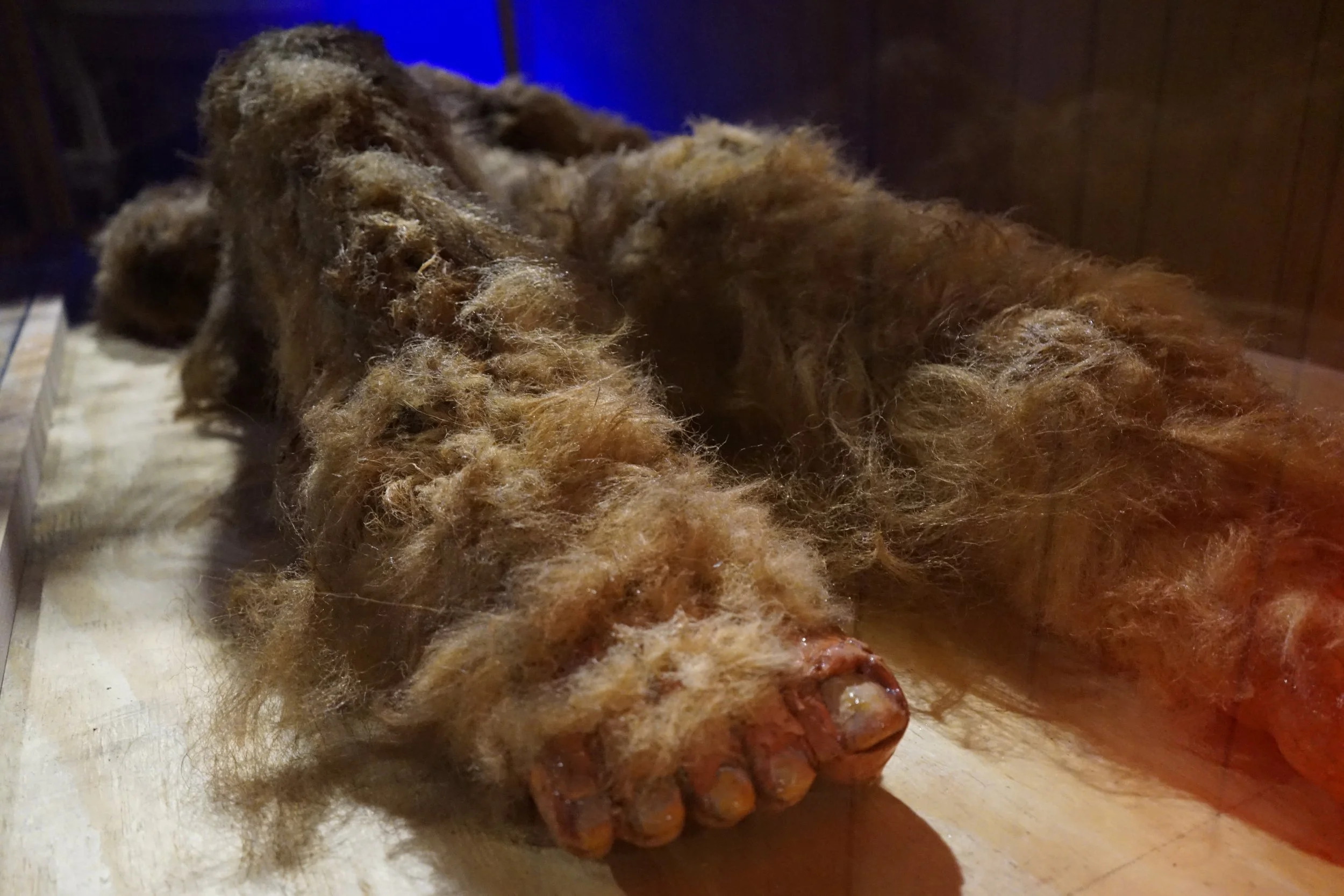

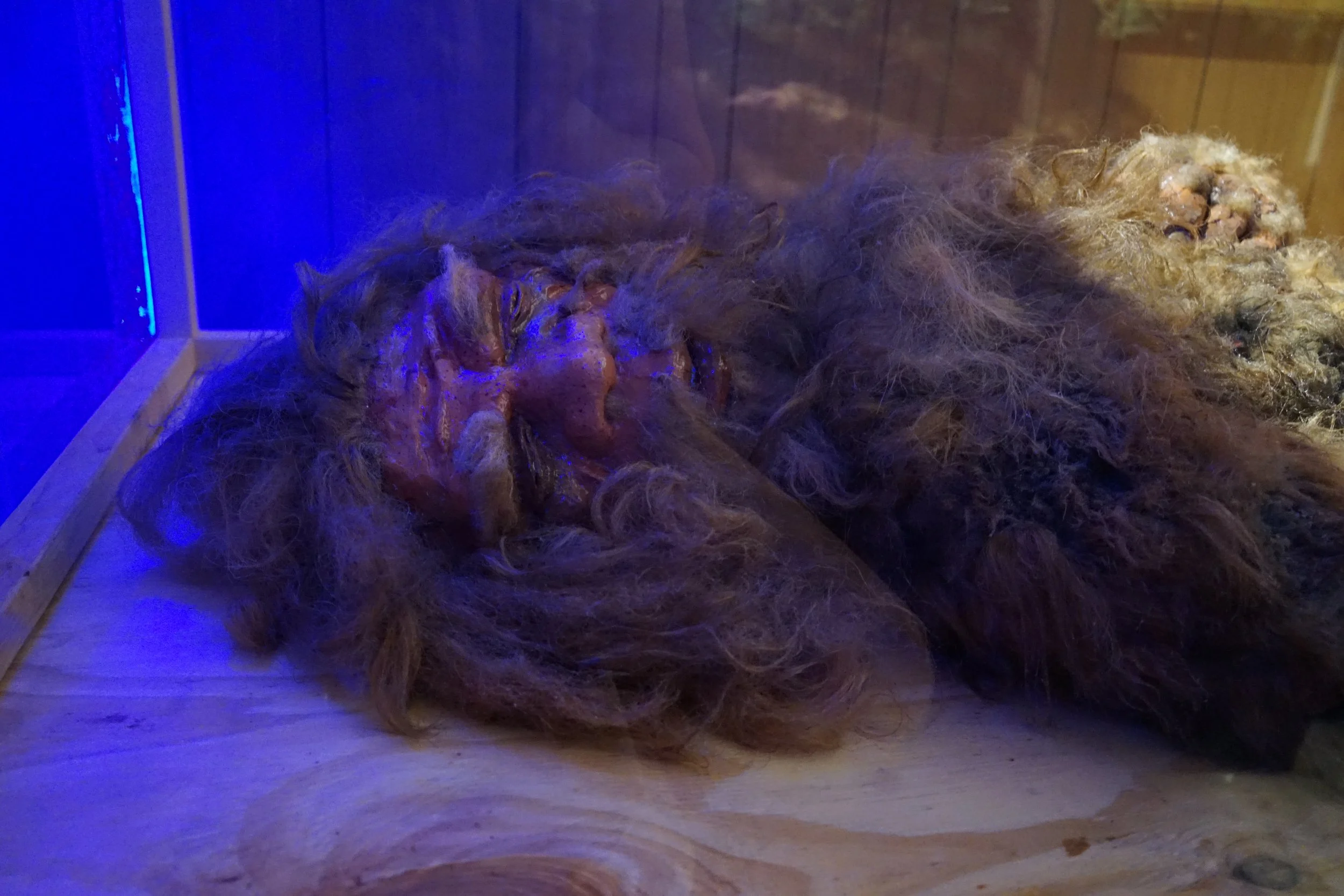

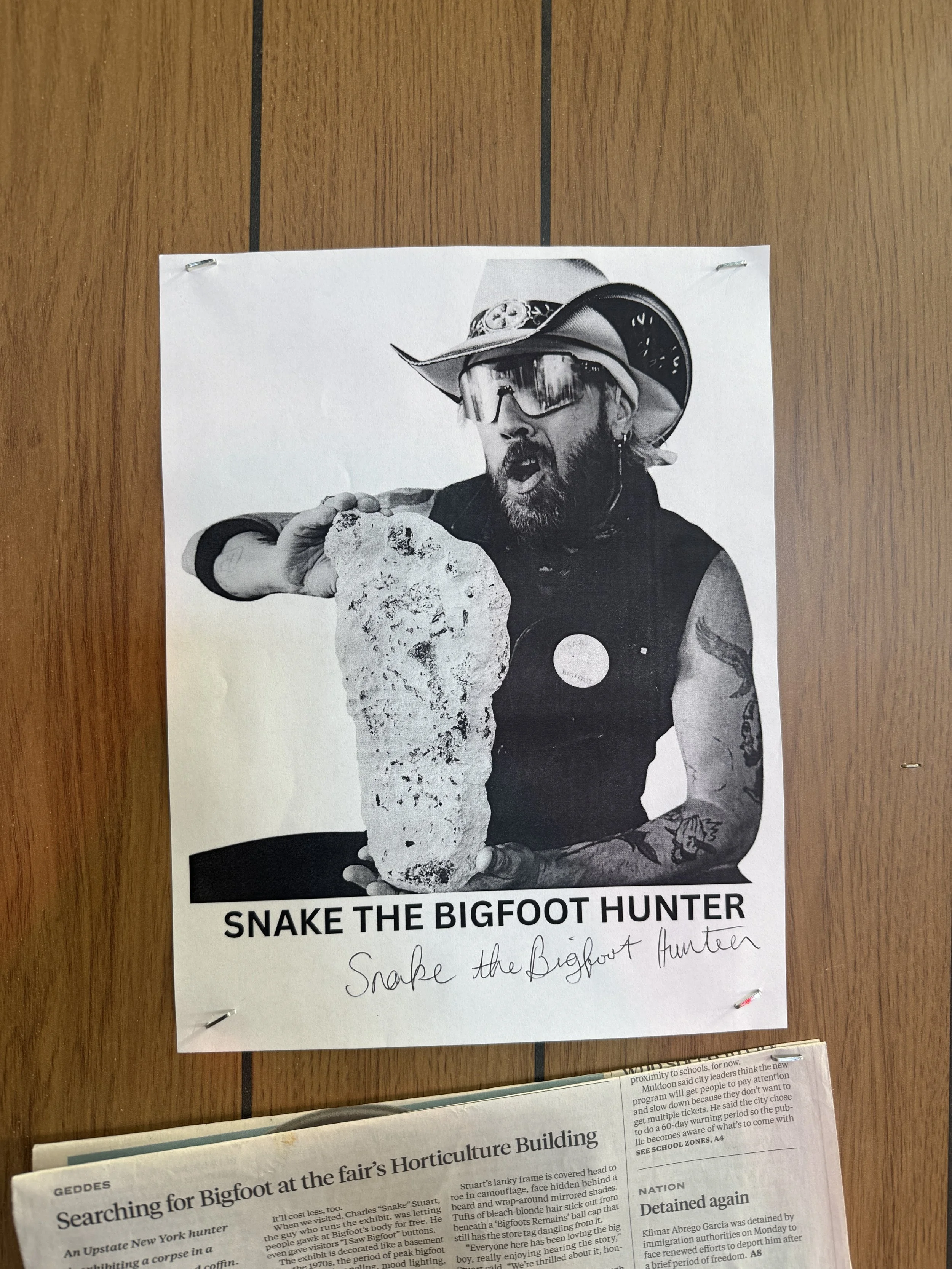











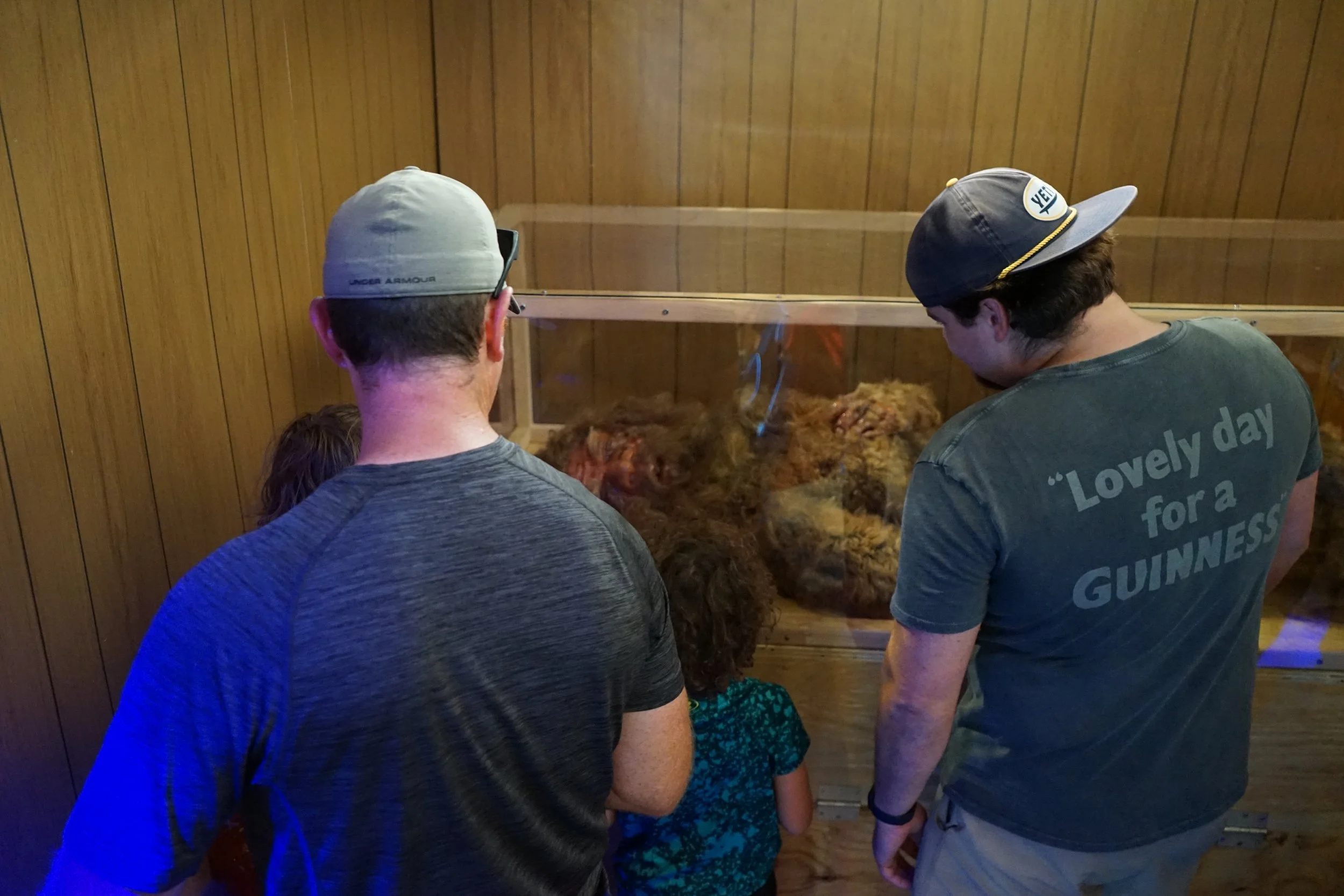
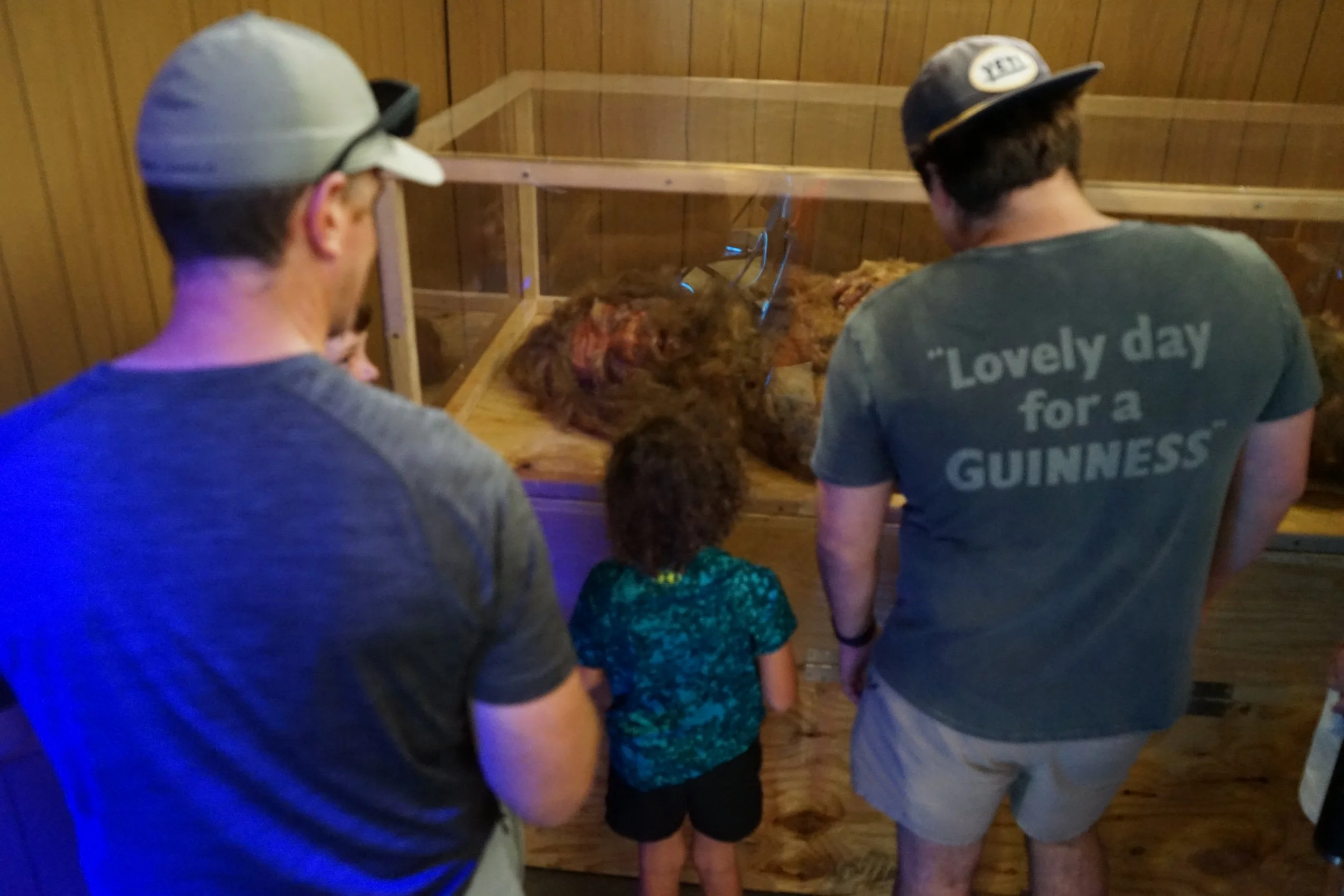












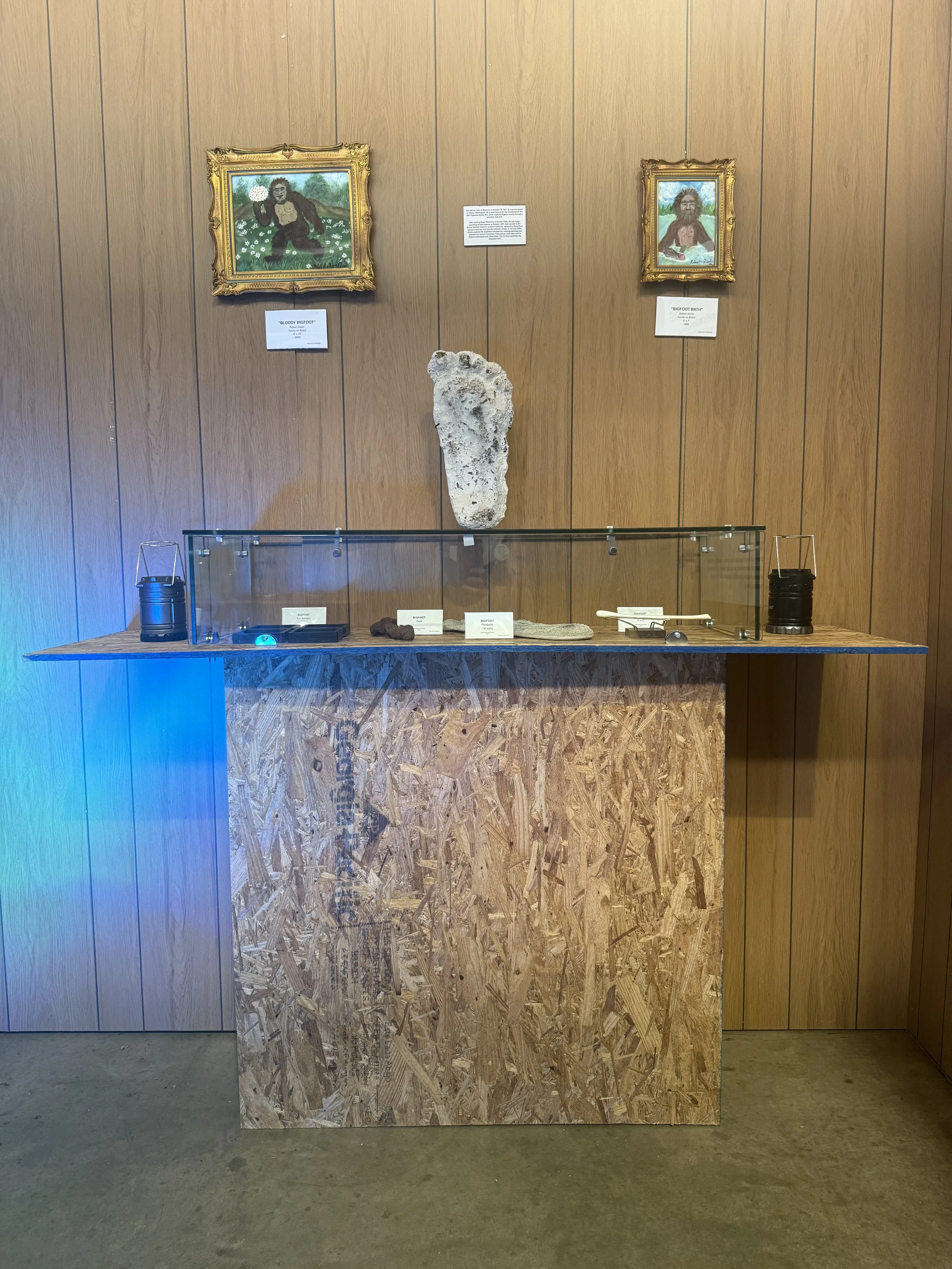




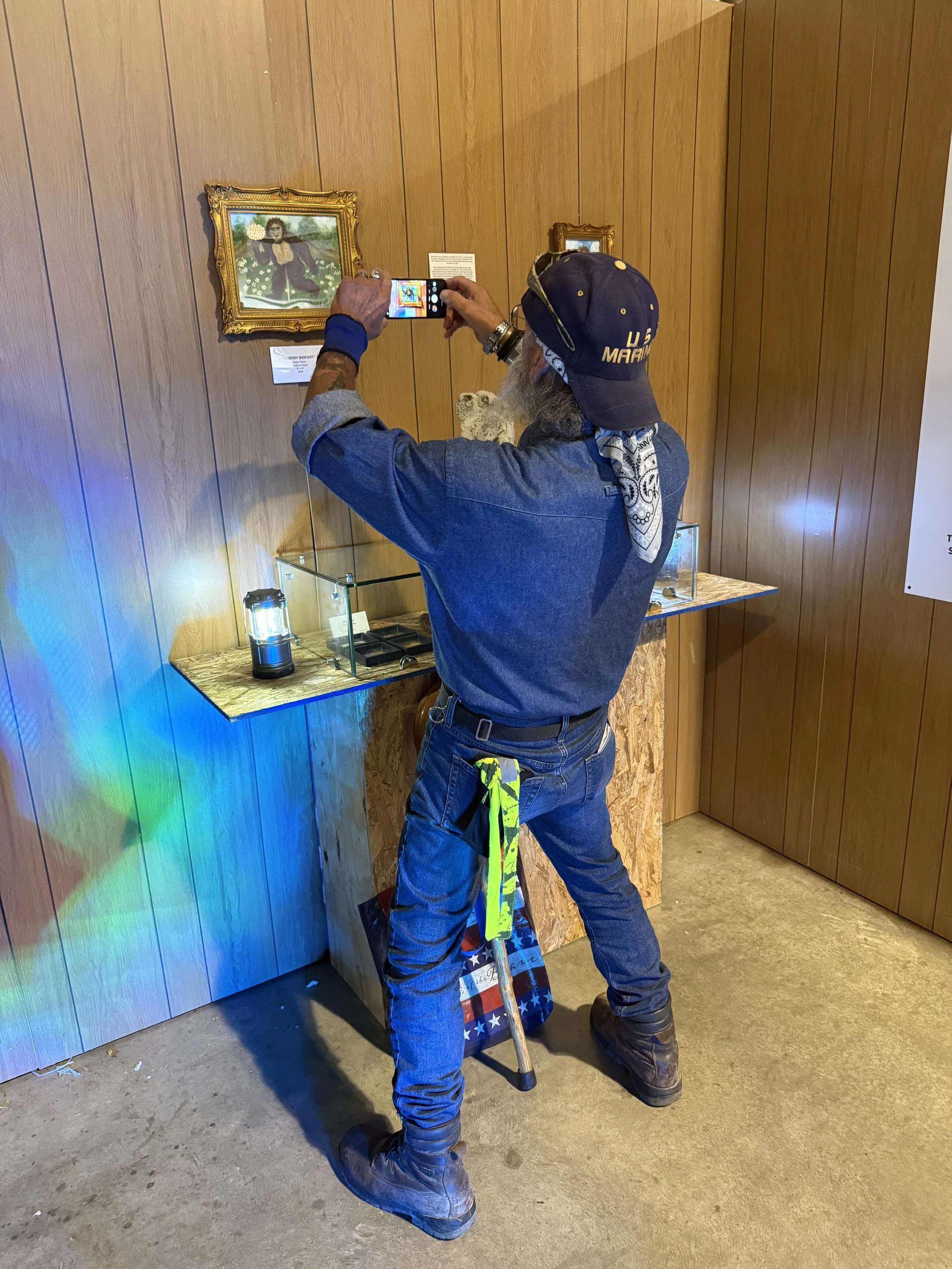








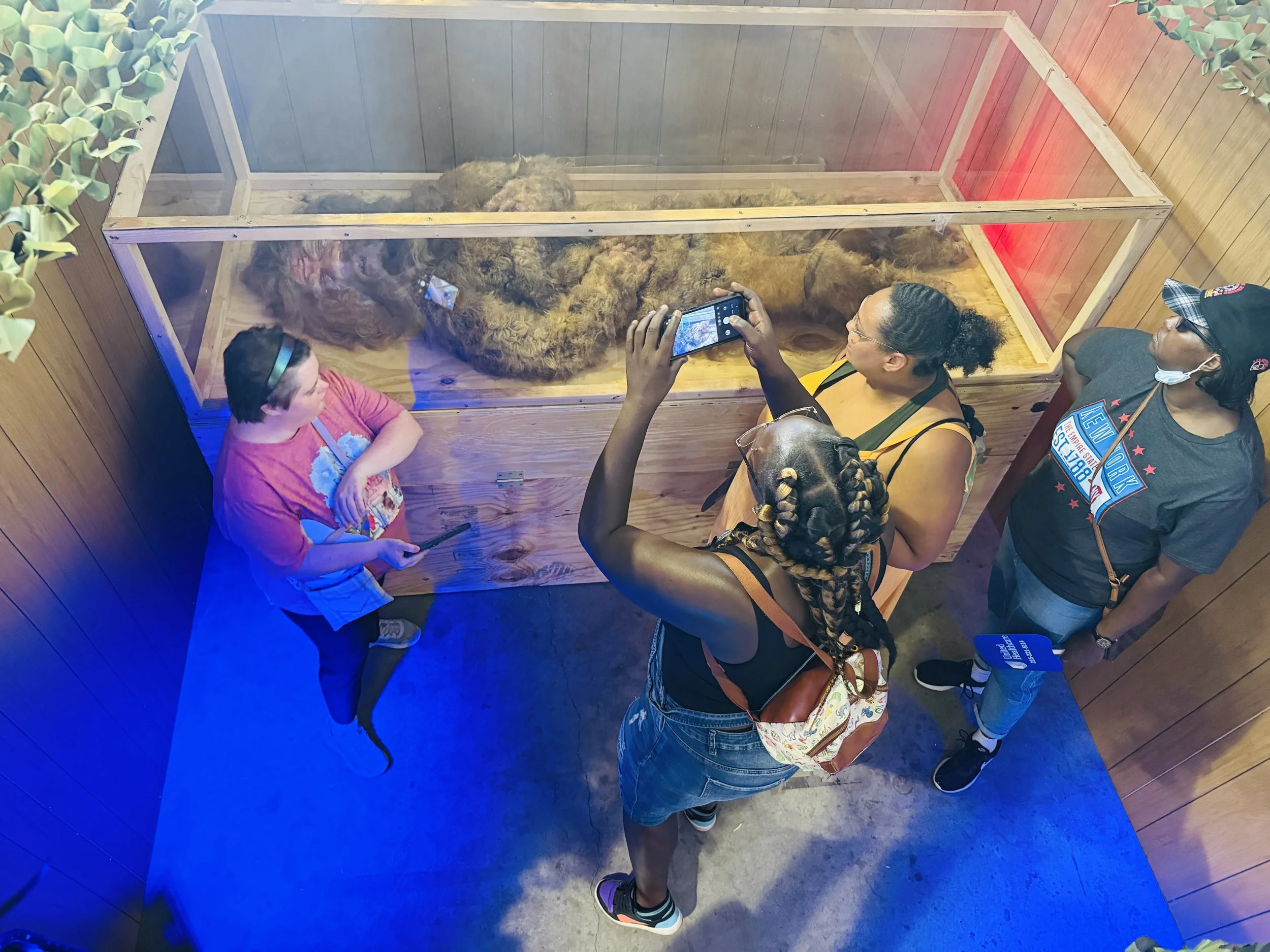










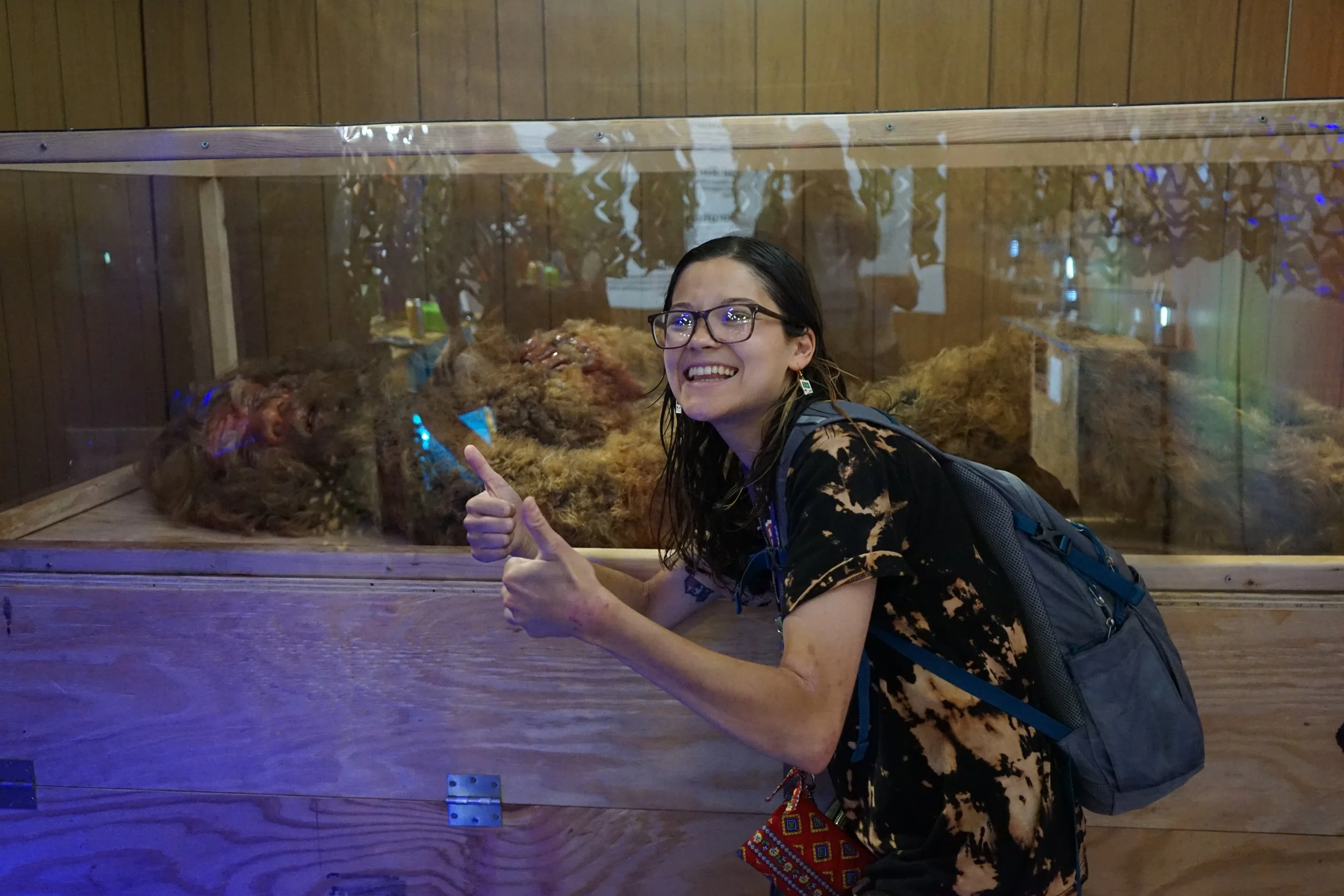


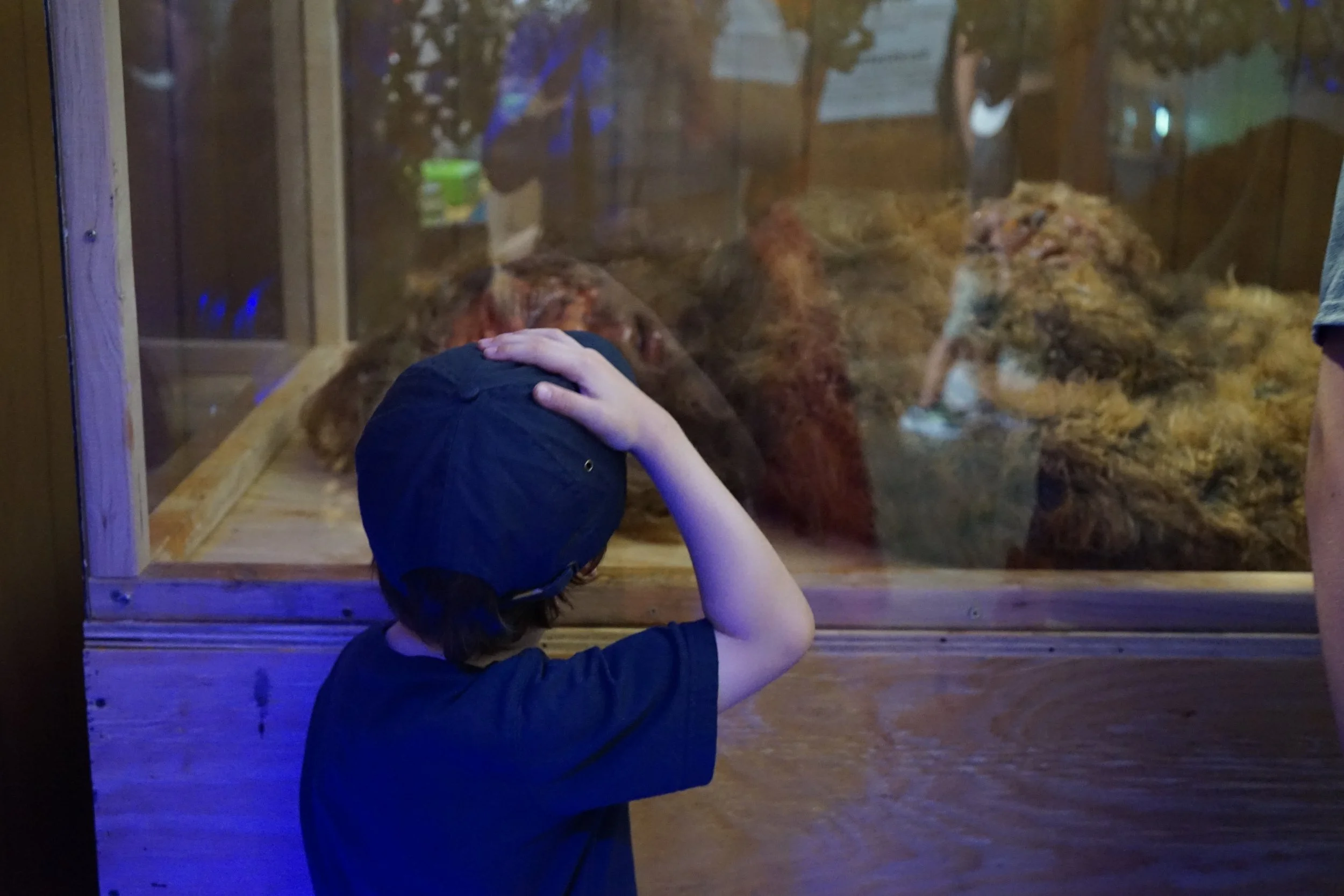
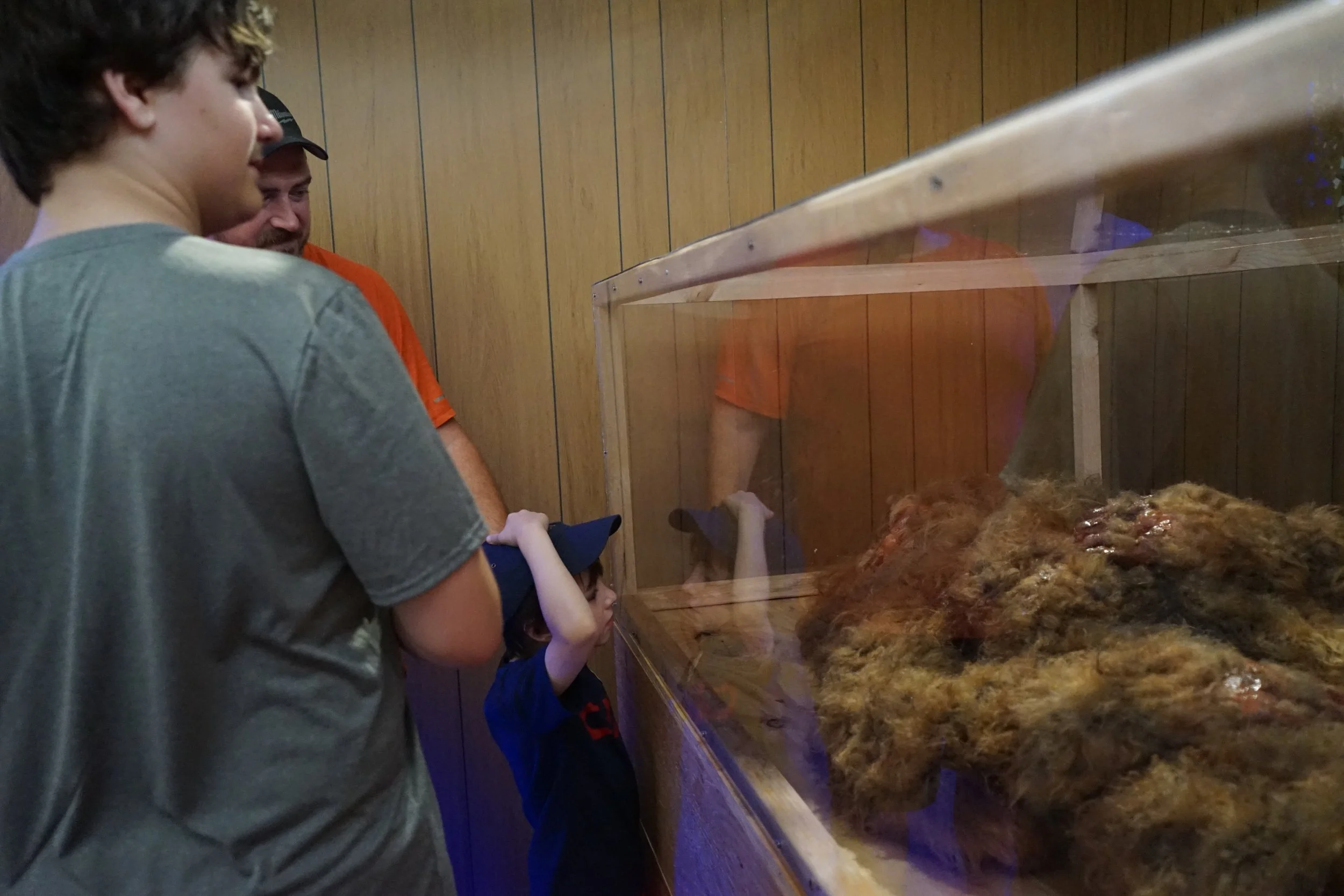
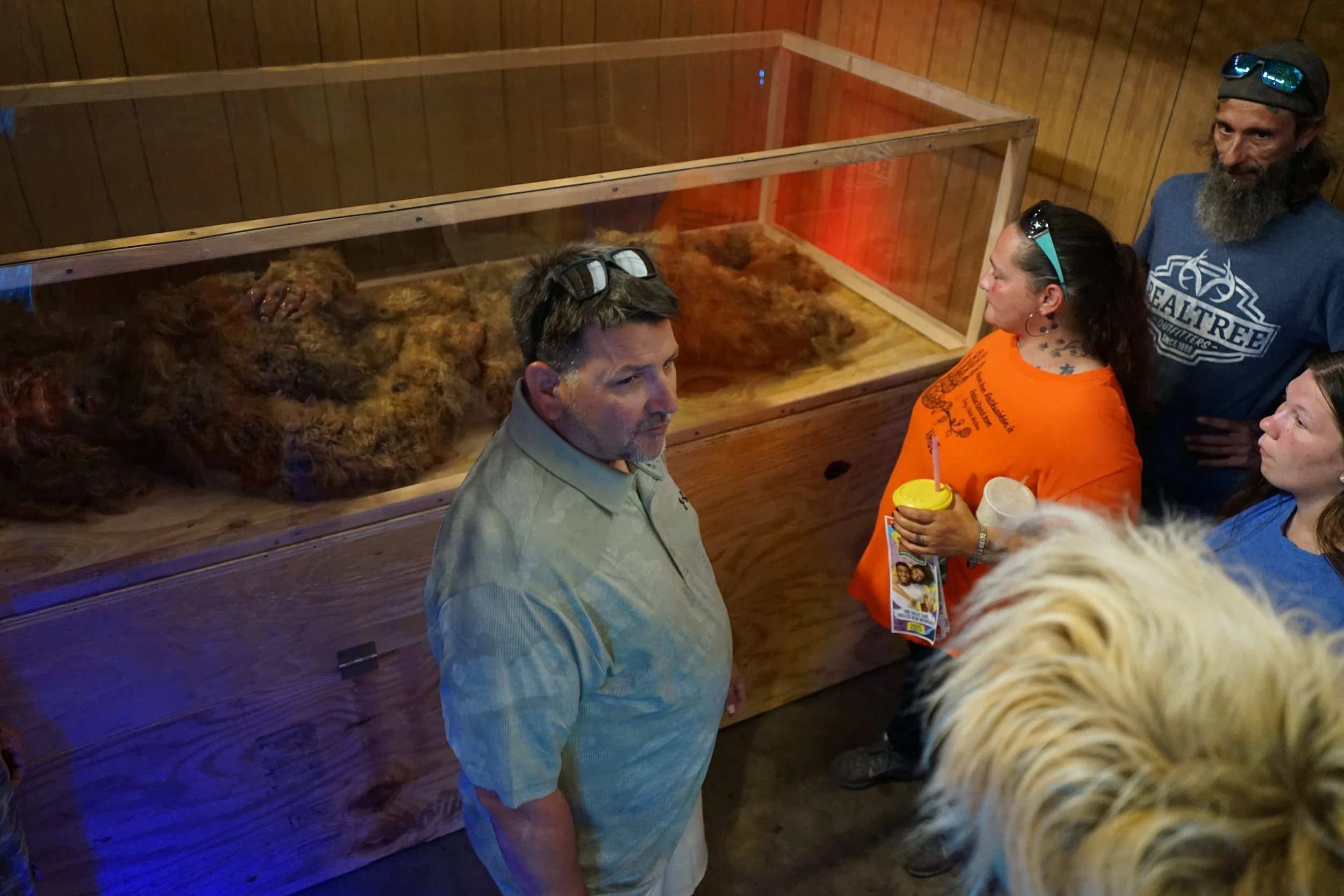

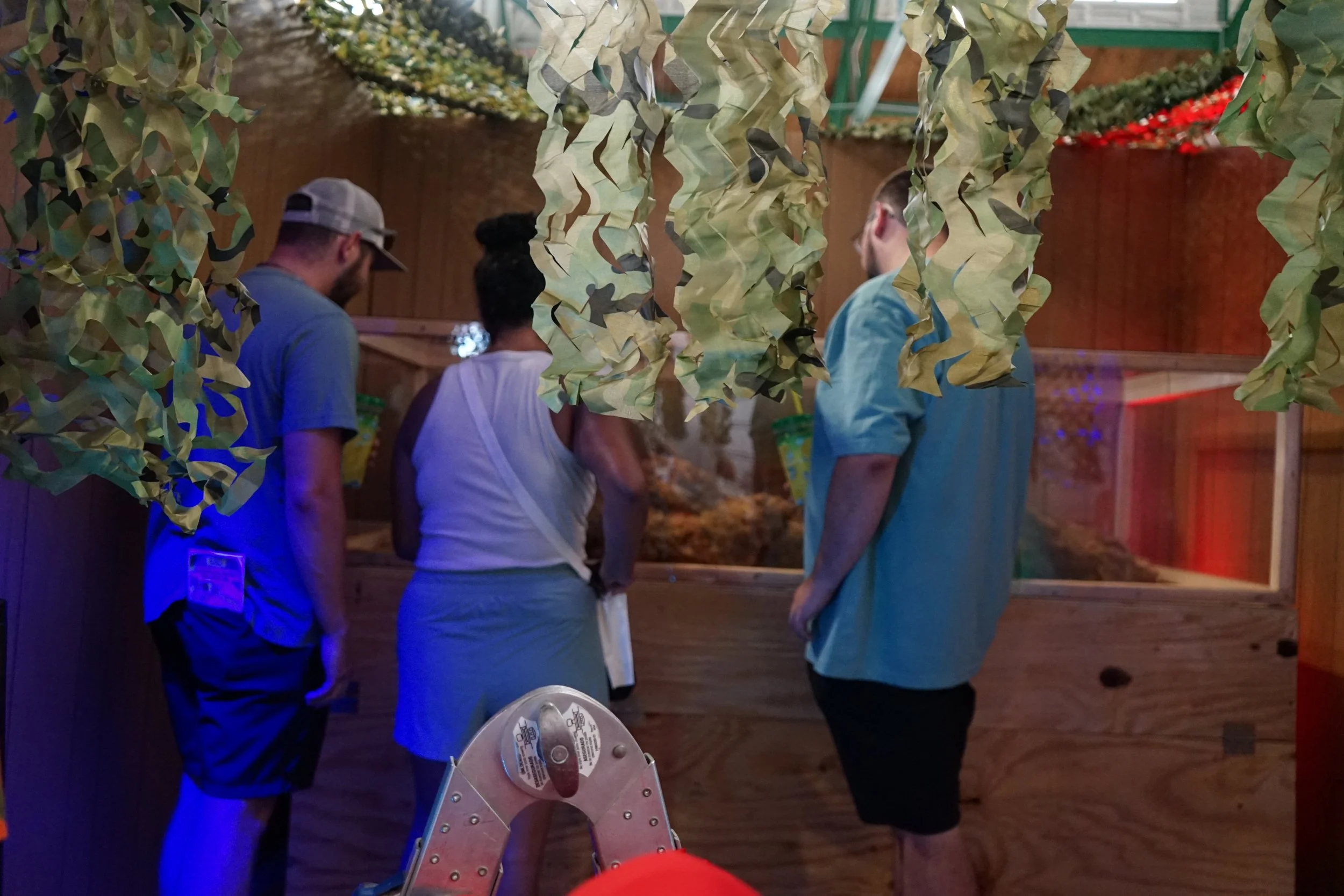
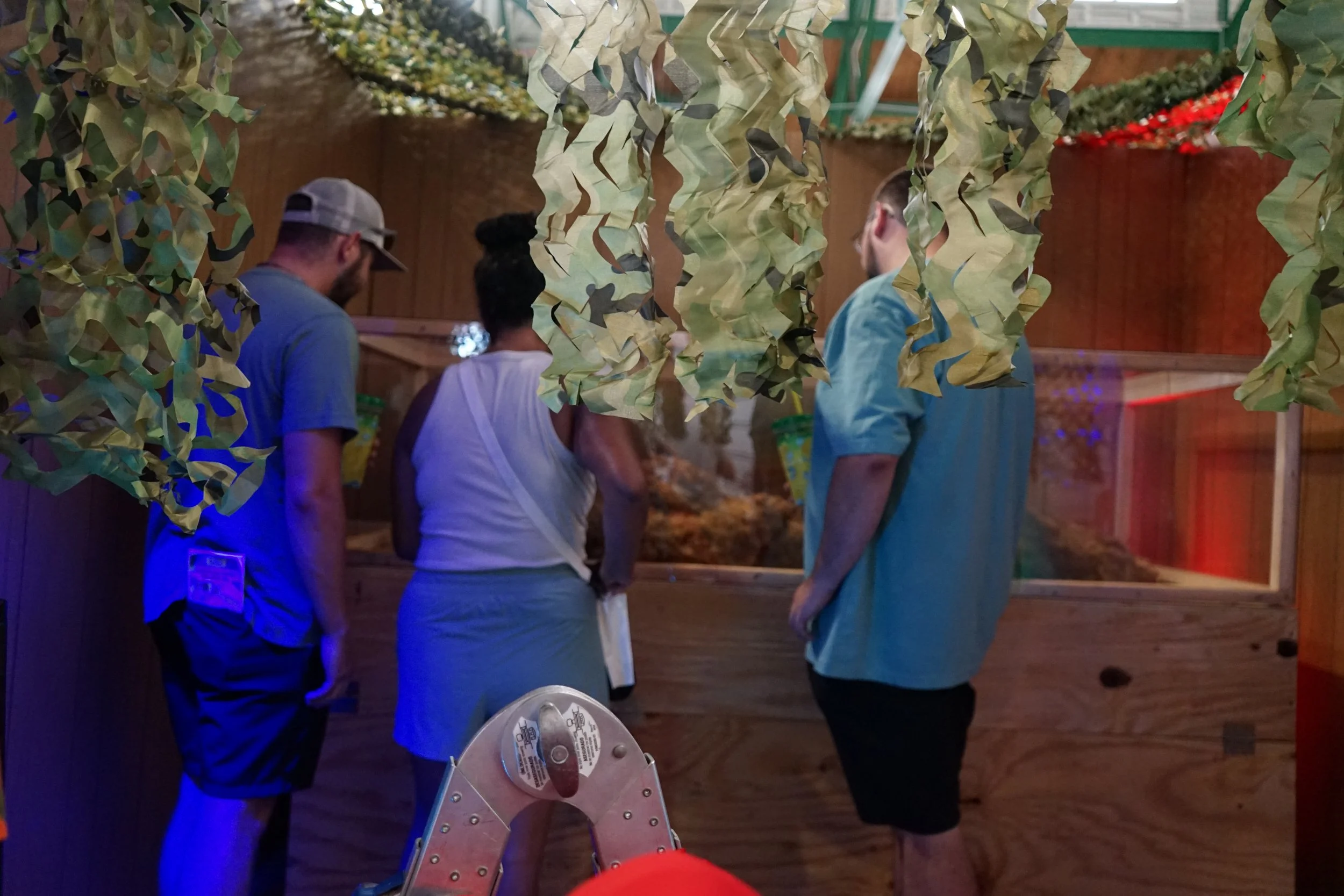



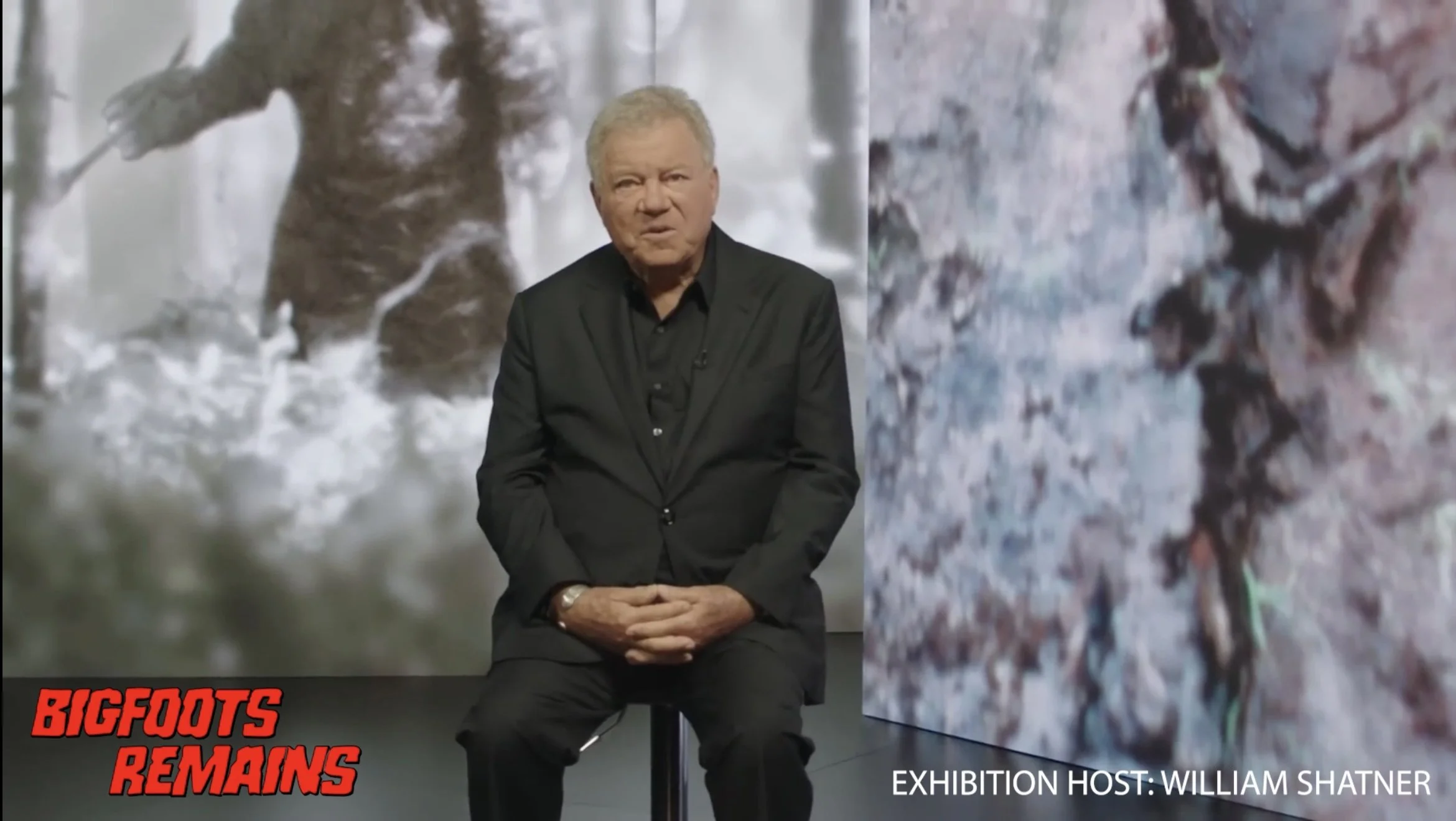



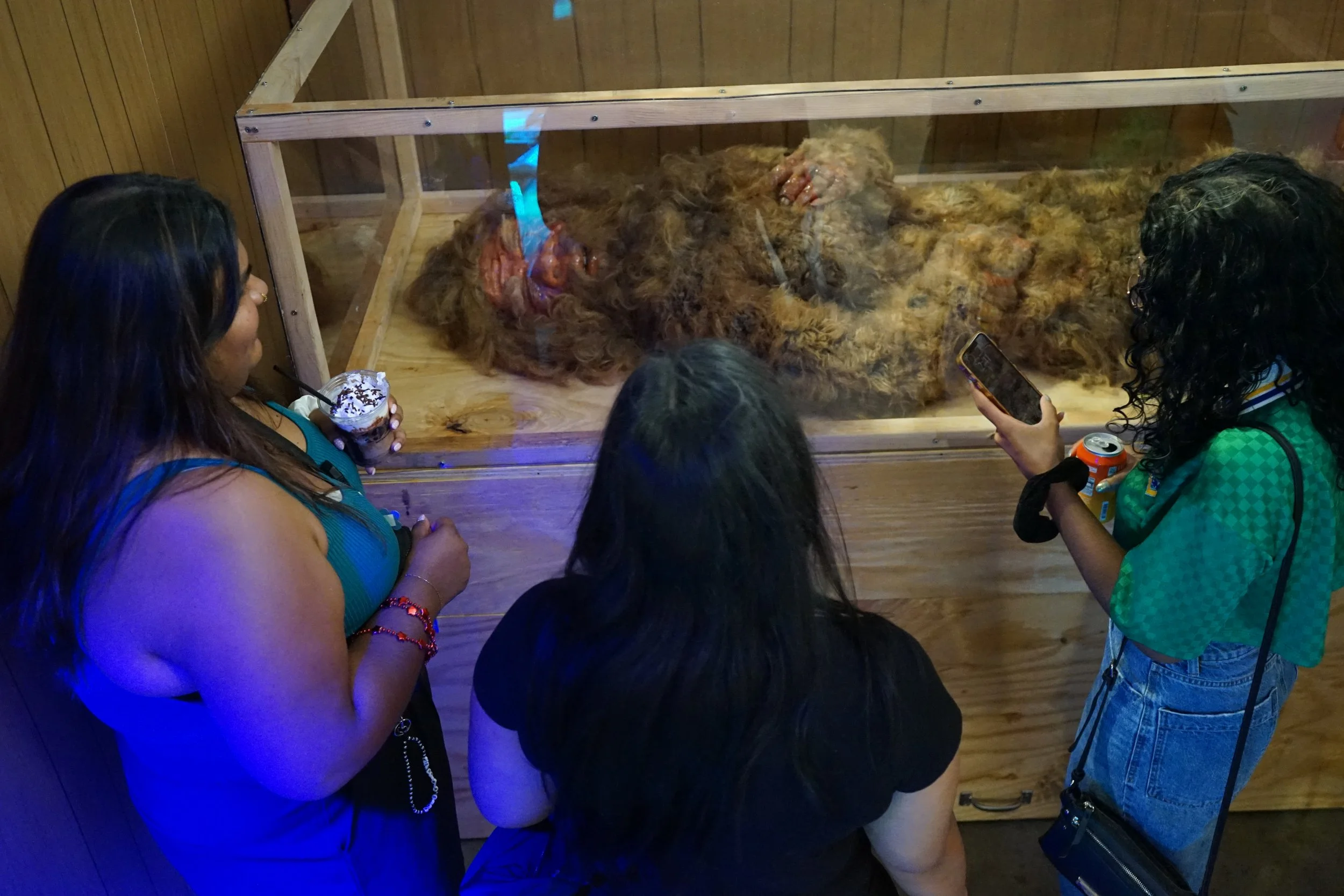

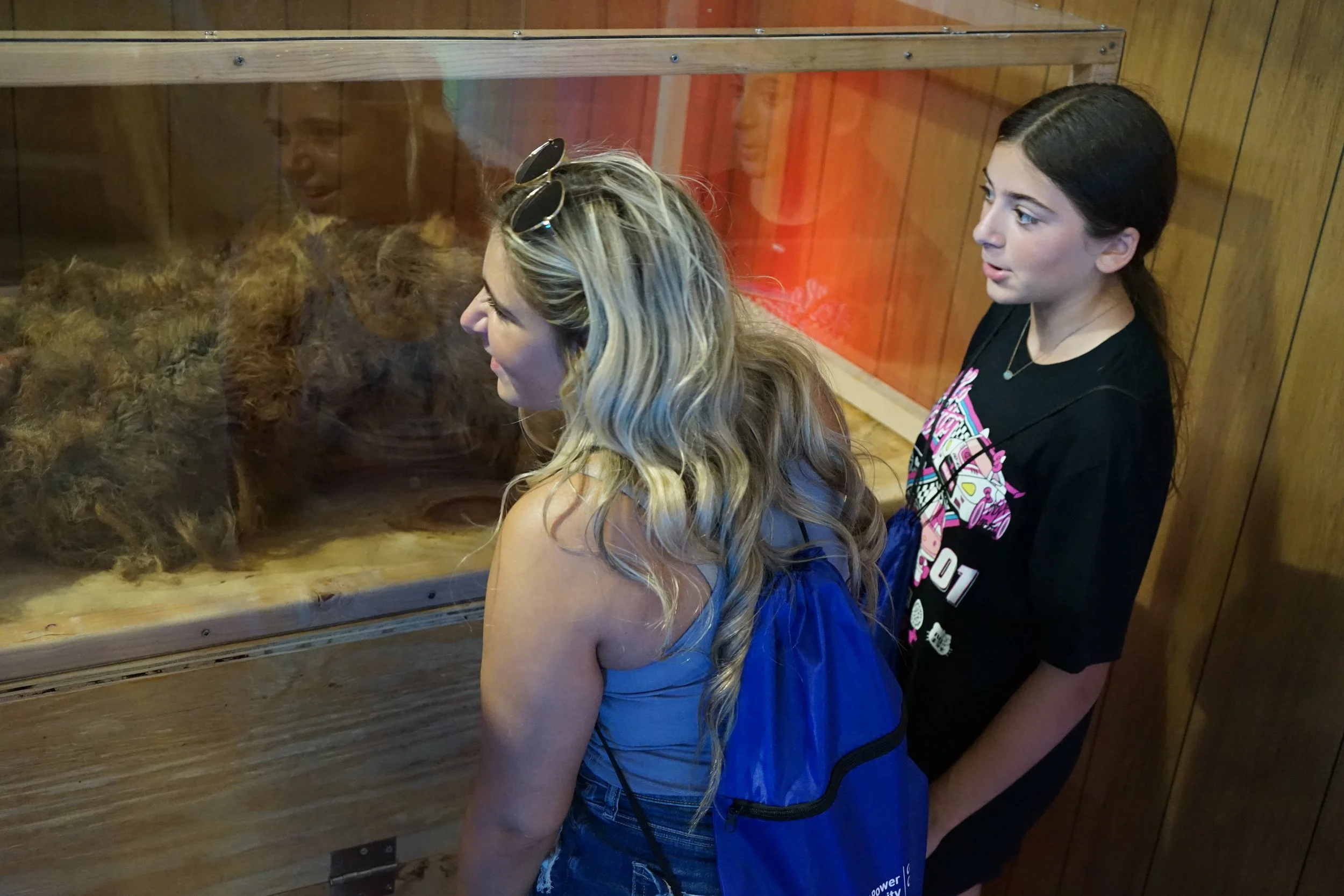

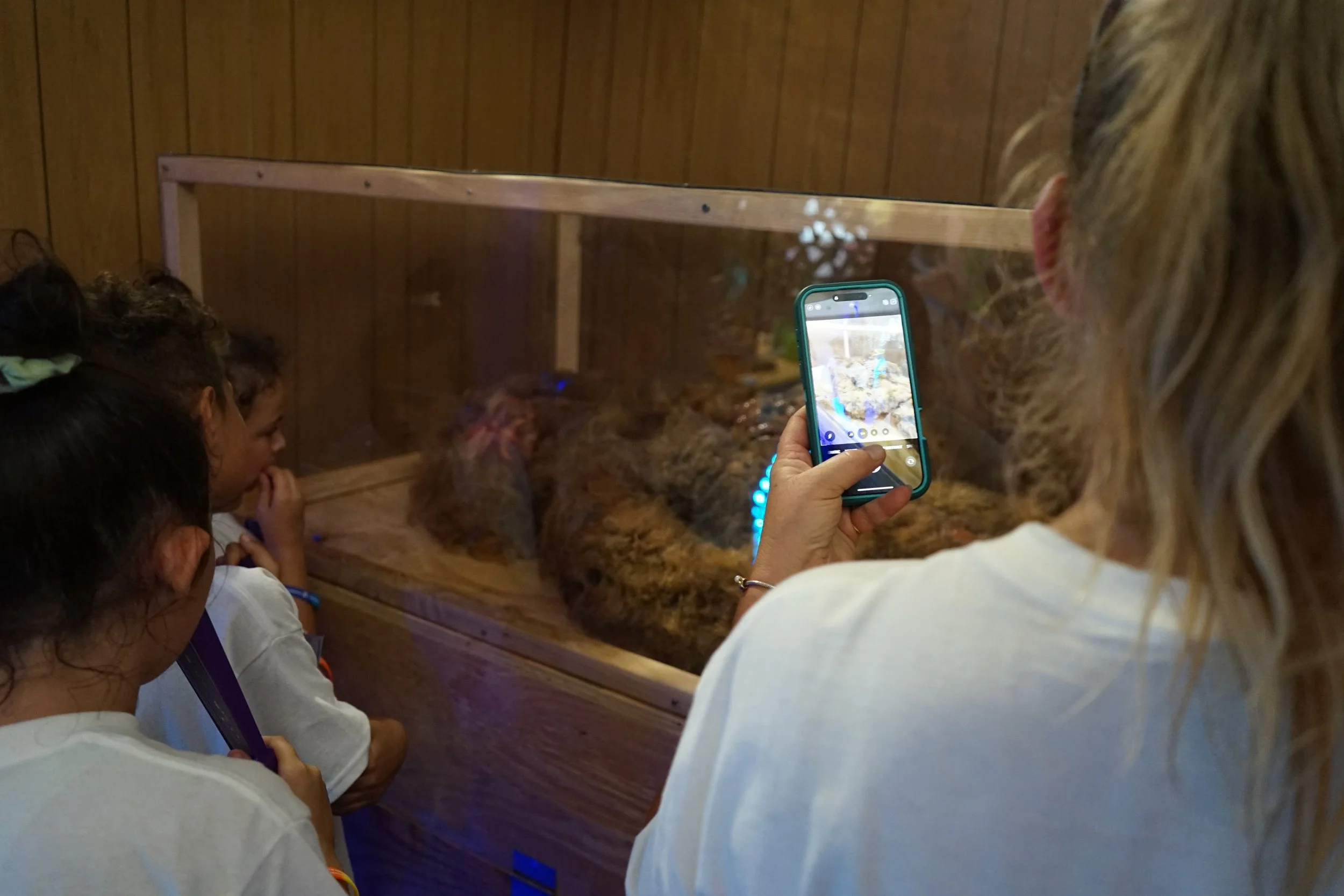


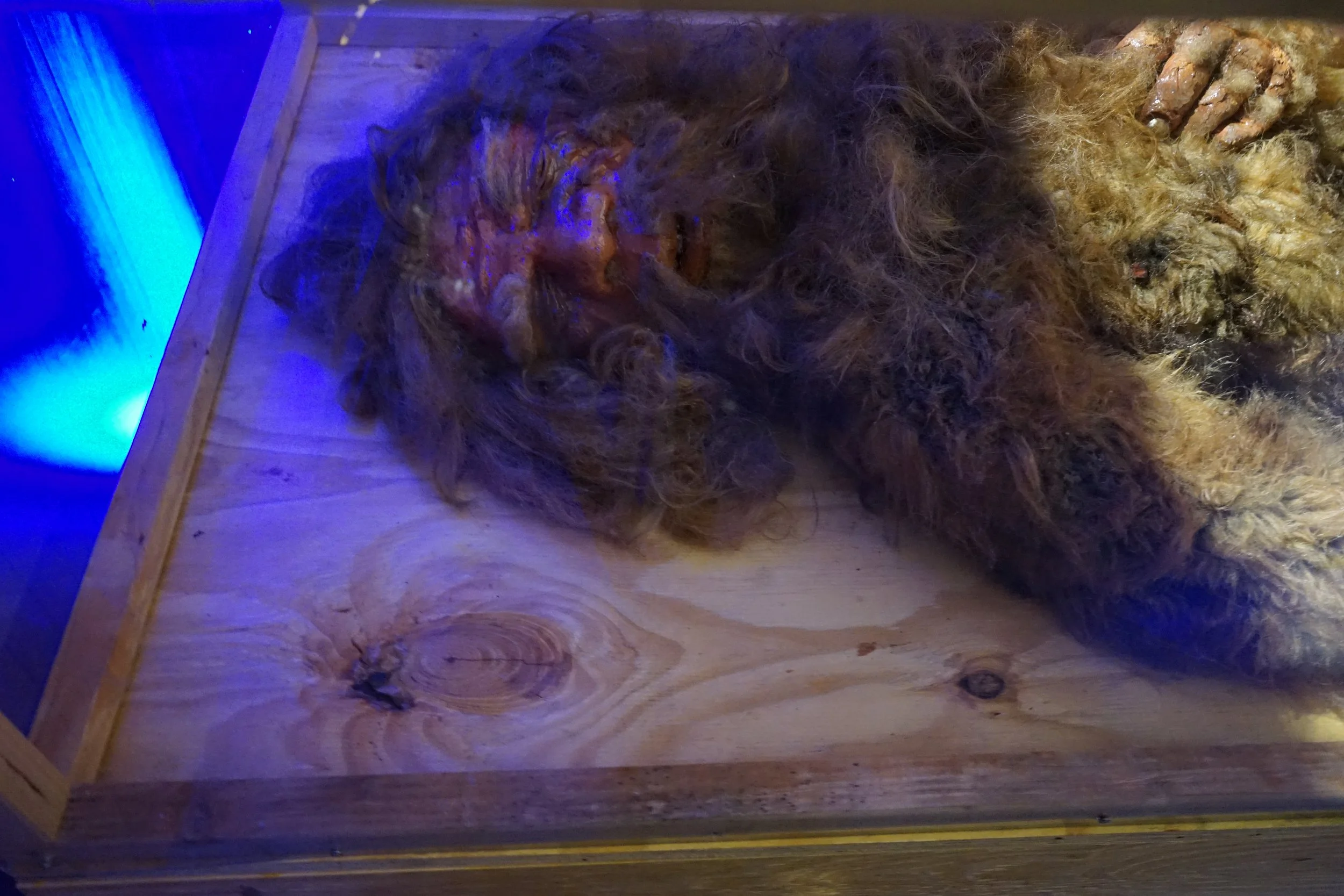
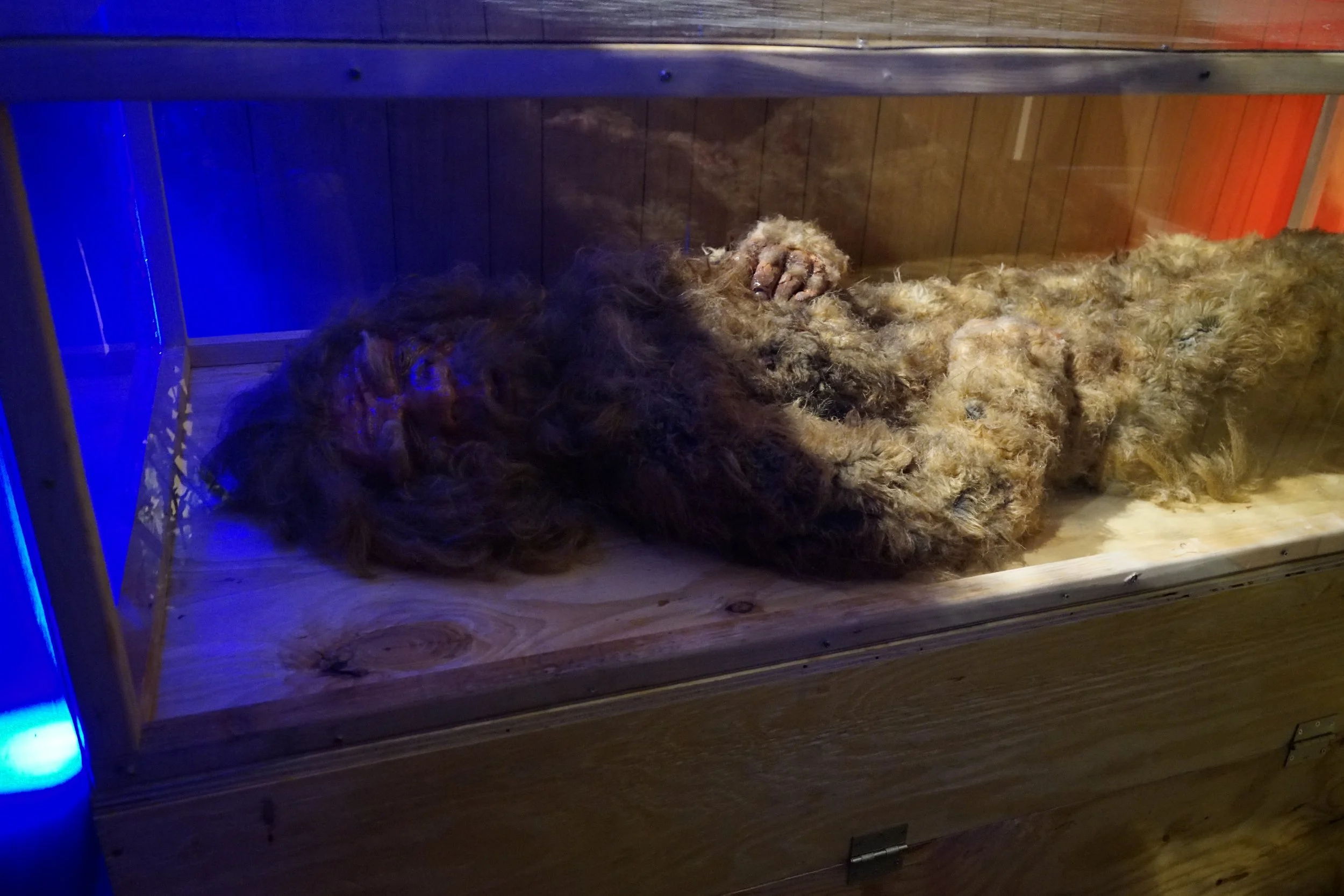








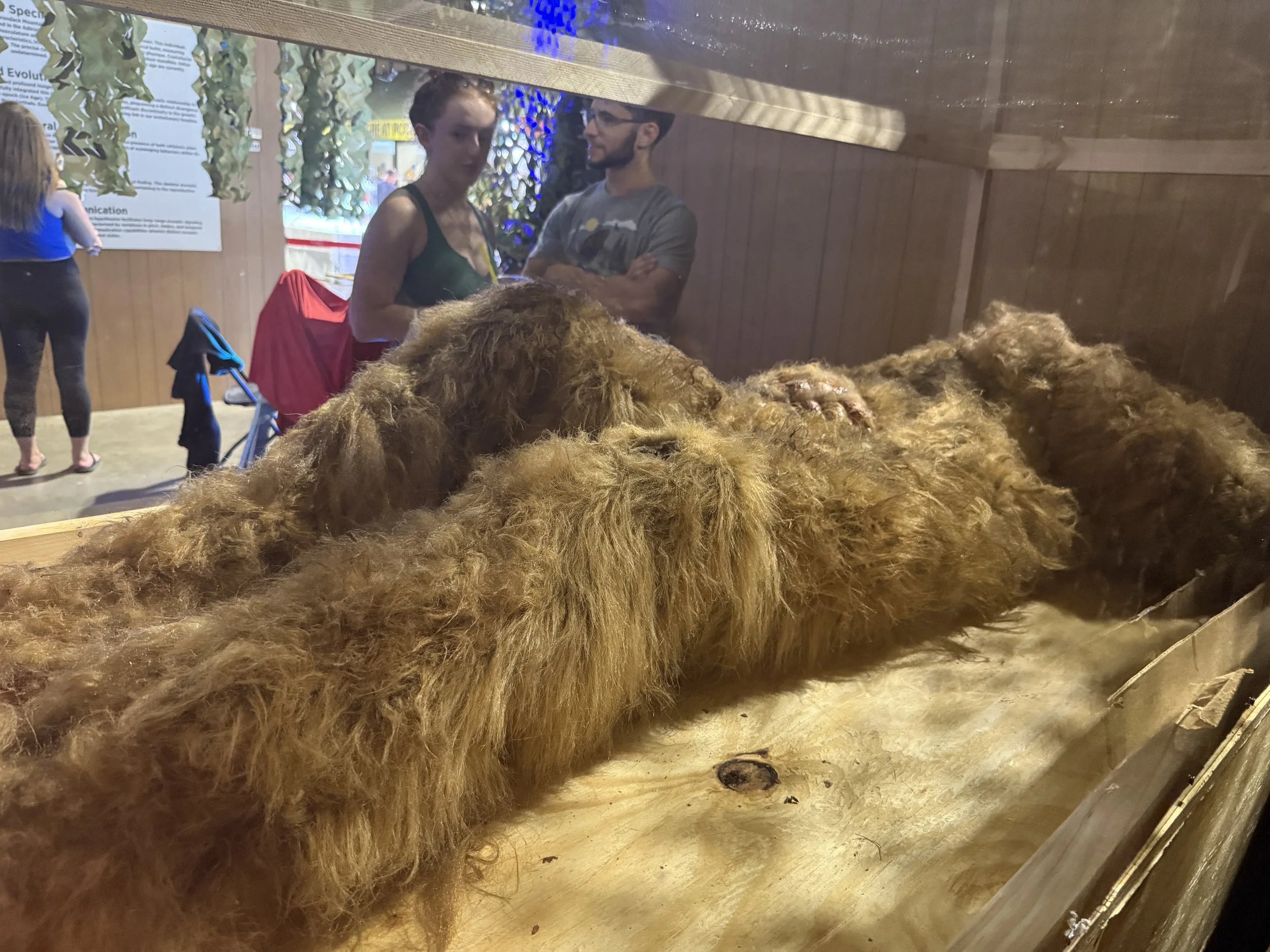






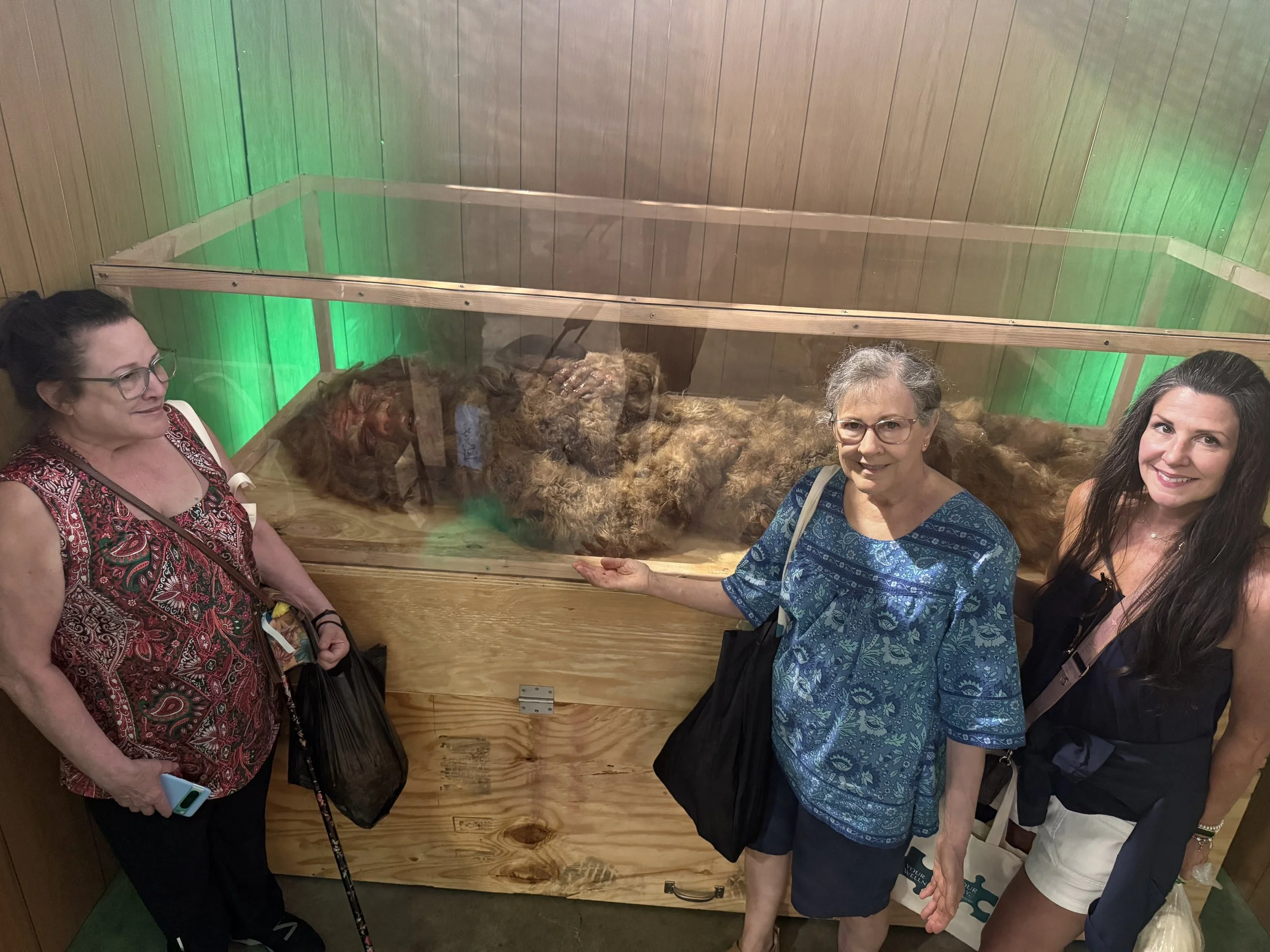
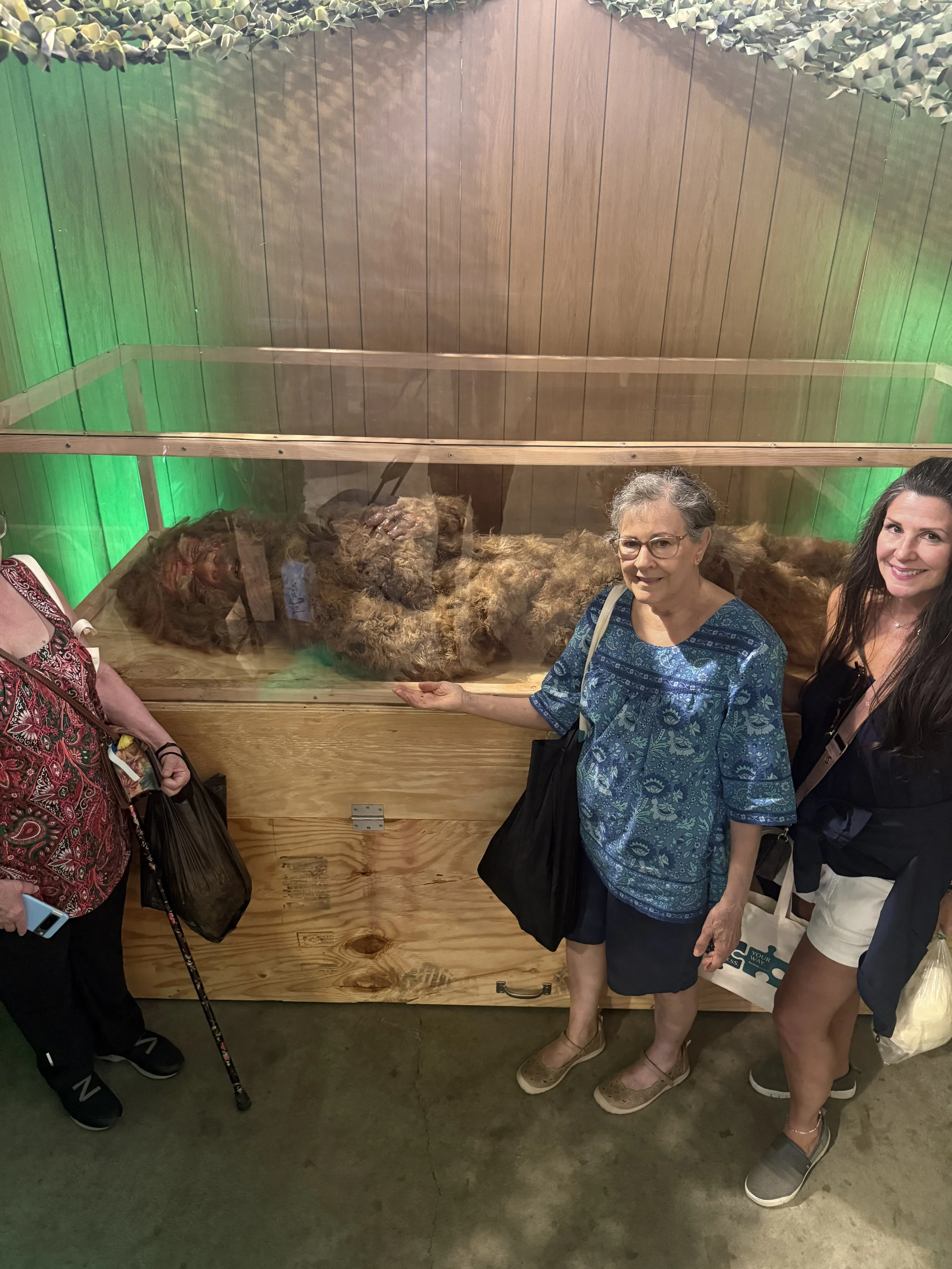





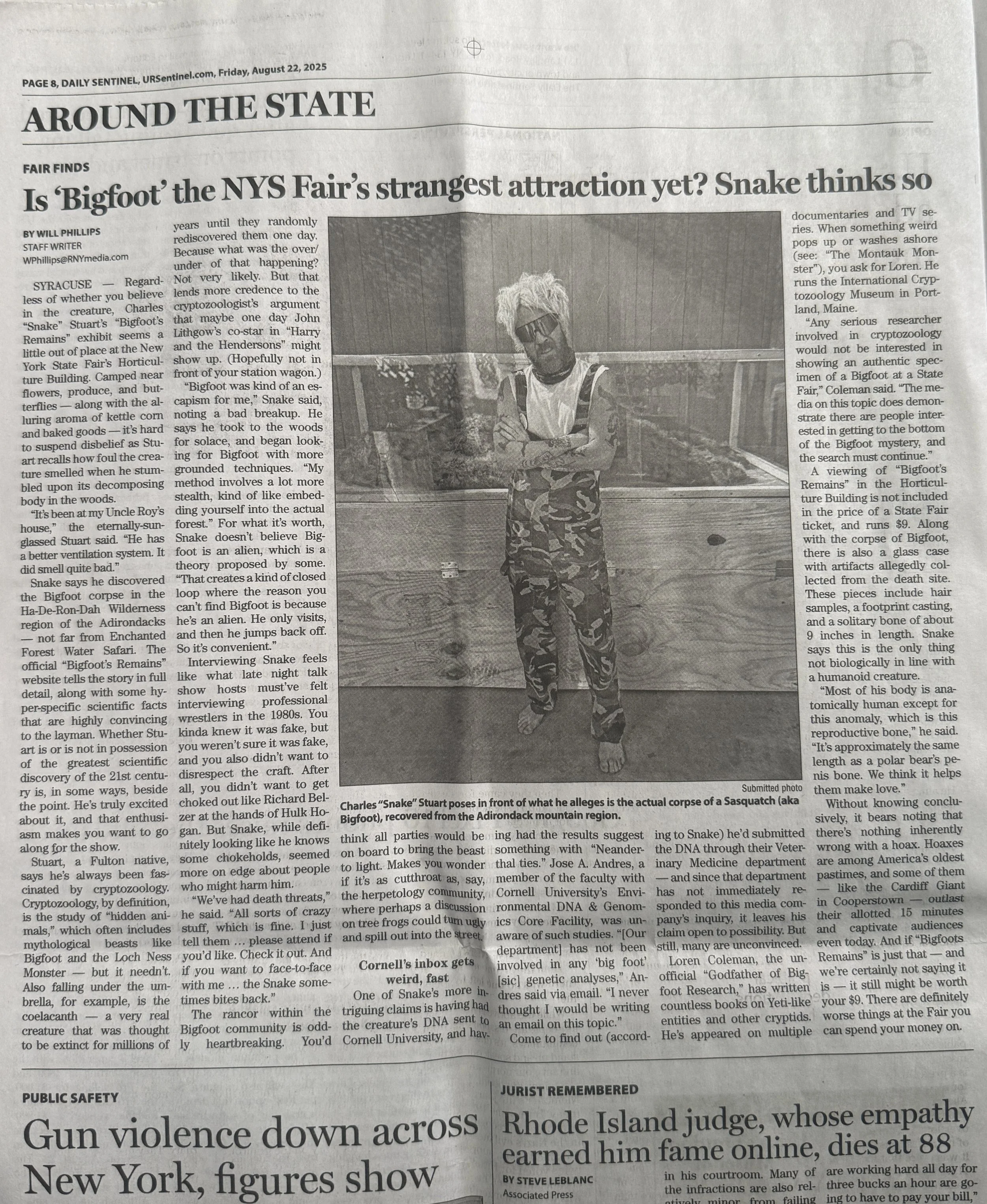



JOIN OUR BIGFOOT COMMUNITY
STAY UP TO DATE WITH OUR EXHIBIT INFO, EXPEDITION INFO, BOOK RELEASE INFO AND SPEAKING BOOKINGS.
Now that DACK has been verified through DNA and authenticated by numerous Bigfoot Experts, Native American Tribesman as well as the main stream media we are officially the leading source for authentic Bigfoot information.
WE ARE A WELCOMING AND GRASS ROOTS COMMUNITY AND ENCOURAGE YOU ALL TO SIGN UP FOR OUR MAILING LIST
#REALBIGFOOT #BIGFOOTS REMAINS



